Tuscan interior design transports you to the sun-drenched hills of rural Italy, blending rustic charm with timeless elegance. This style is defined by its use of natural materials, warm and earthy color palettes, and an appreciation for sturdy, well-crafted furnishings. It creates a welcoming and comfortable atmosphere that feels both lived-in and sophisticated. By embracing elements like stone, wood, and wrought iron, Tuscan design evokes a sense of history and connection to the landscape. It’s a celebration of simple, beautiful living, where every detail contributes to a cohesive and inviting home environment.
1. Tuscan Interior Design with Exposed Wooden Beams
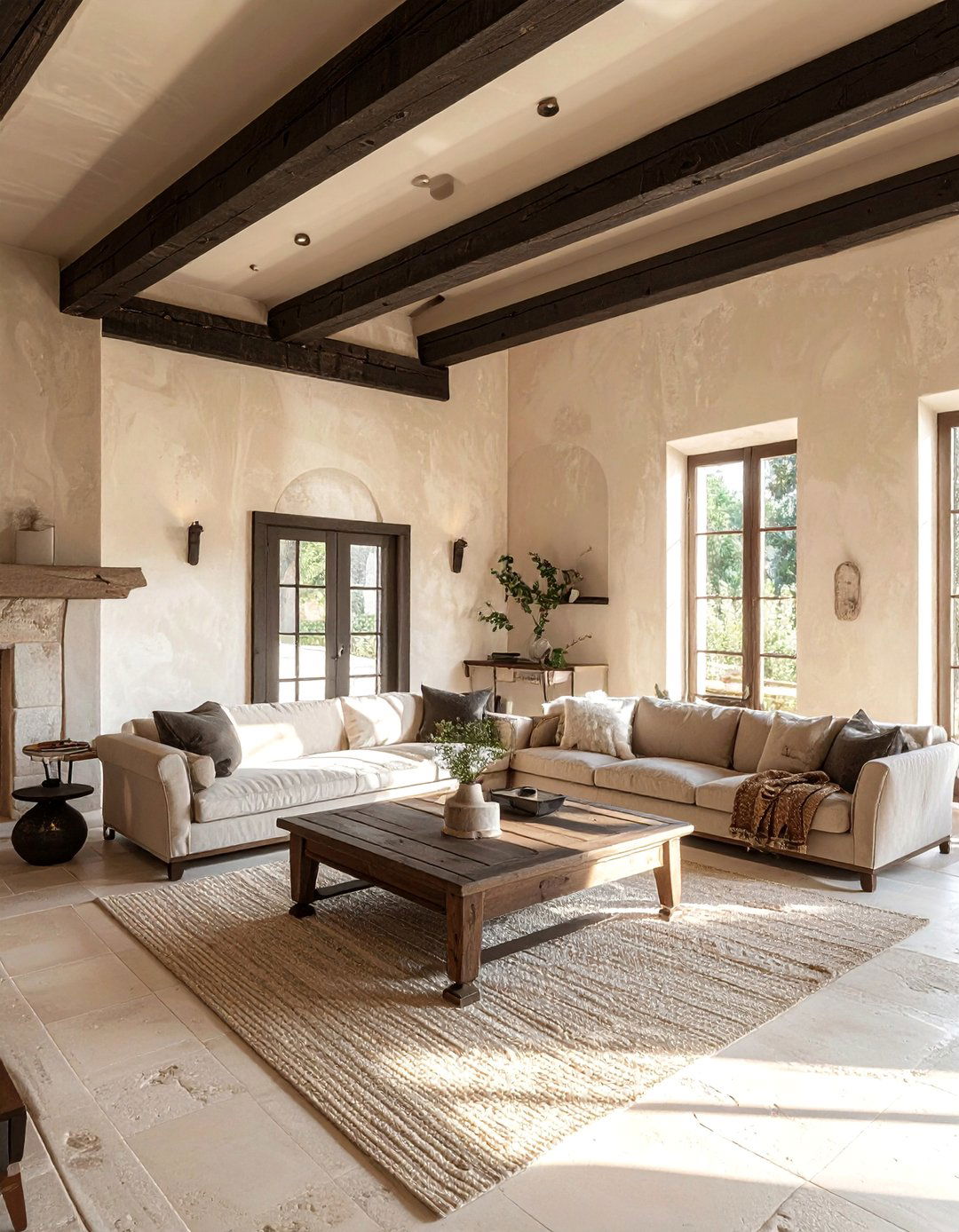
Exposed wooden beams are a hallmark of authentic Tuscan interior design, instantly adding rustic character and architectural interest to any room. These substantial timbers, often left in a dark, natural stain, draw the eye upward and create a sense of height and history. In living rooms or kitchens, they contrast beautifully with light-colored plaster walls, embodying the classic rustic-elegant balance. This element provides a structural and decorative framework that grounds the space, evoking the feeling of a centuries-old Italian farmhouse. Integrating them connects the home to traditional building methods, adding warmth and a powerful, organic texture that is central to the style.
2. Tuscan Interior Design with Textured Plaster Walls
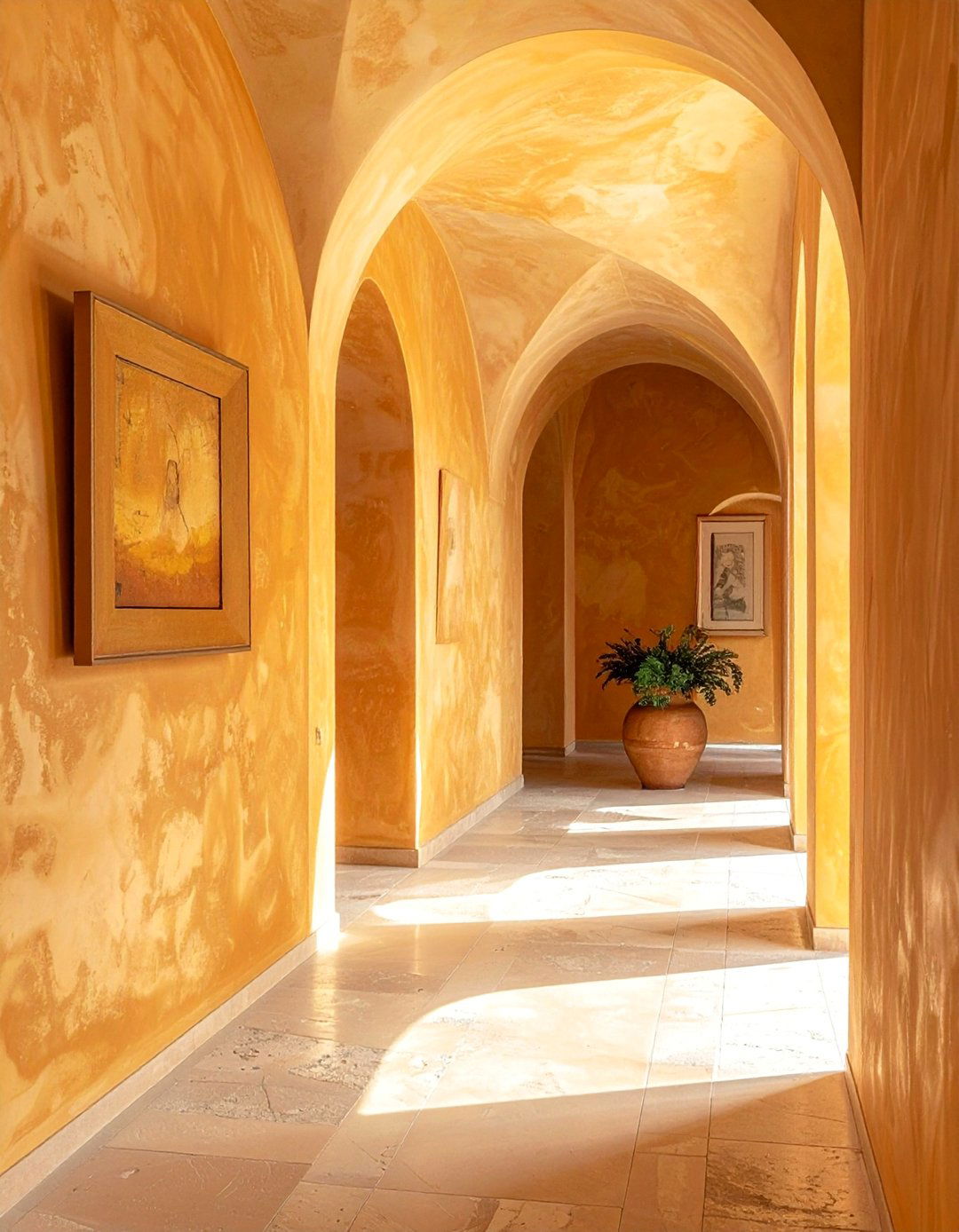
For an authentic Tuscan feel, textured plaster walls are essential. Techniques like Venetian plaster or stucco create a soft, mottled surface with subtle variations in color and sheen, mimicking the aged walls of an Italian villa. This application adds depth and movement, catching the light in a way that flat paint cannot. The imperfect, hand-troweled finish contributes to the rustic, lived-in charm of Tuscan interior design. Opt for warm, earthy tones like ochre, terracotta, or creamy white to enhance the sun-baked aesthetic. These walls serve as a beautiful, tactile backdrop for wooden furniture, wrought iron fixtures, and vibrant textiles.
3. Tuscan Interior Design Featuring Travertine Flooring
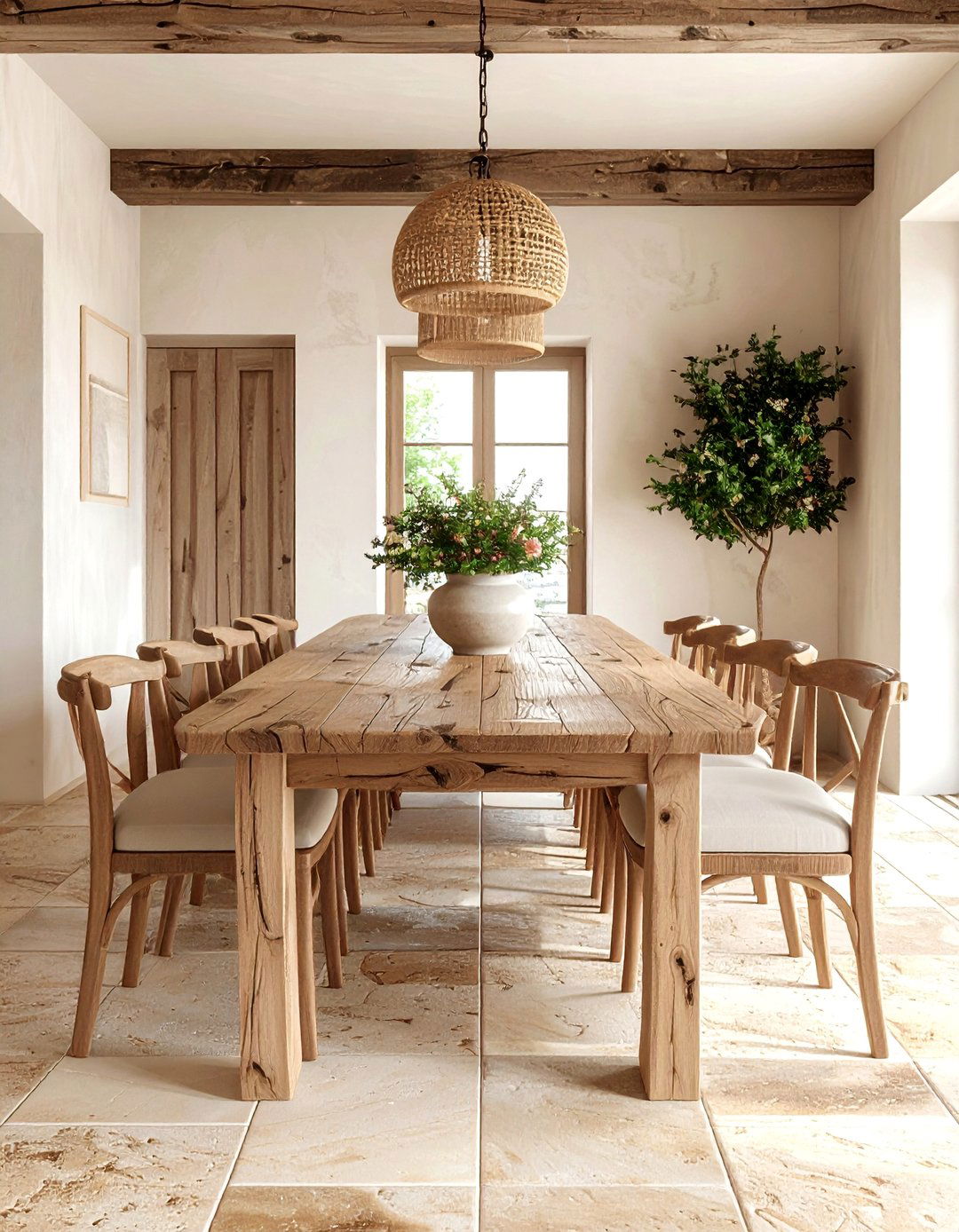
Travertine flooring is a foundational element in Tuscan interior design, celebrated for its natural beauty and durability. This timeless stone, with its characteristic pits and warm, earthy tones ranging from beige to gold, instantly grounds a space in rustic elegance. Its honed or tumbled finish provides a soft, matte look that feels comfortable underfoot and aligns perfectly with the relaxed Tuscan lifestyle. Travertine's subtle variations in pattern and color mean no two floors are exactly alike, adding unique character. It works harmoniously with other natural materials like wood and iron, creating a cohesive and authentic foundation for the entire home's design scheme.
4. Tuscan Interior Design Using Wrought Iron Accents
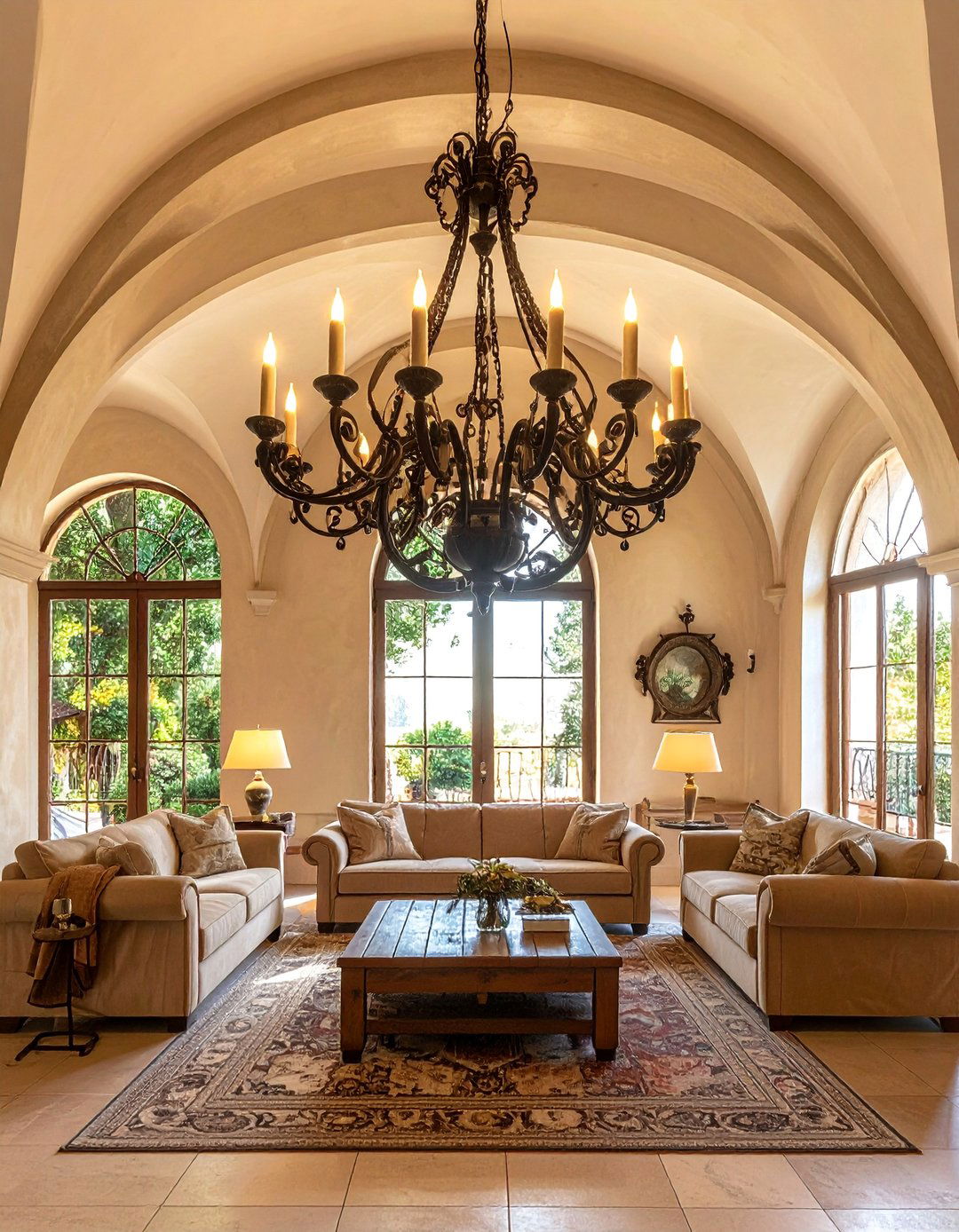
Wrought iron is an indispensable accent in Tuscan interior design, lending an air of handcrafted elegance and timeless strength. Its dark, matte finish provides a striking contrast against warm plaster walls and stone floors. You can incorporate this versatile material through ornate chandeliers, graceful staircase railings, curtain rods with decorative finials, or rustic headboards. Smaller details, such as cabinet hardware, candle holders, and wall sconces, also contribute to the cohesive look. Wrought iron’s scrolled, sturdy forms evoke traditional Italian craftsmanship, adding a layer of artistry and historical authenticity that is crucial to achieving a sophisticated Tuscan aesthetic.
5. Tuscan Interior Design with a Stone Fireplace
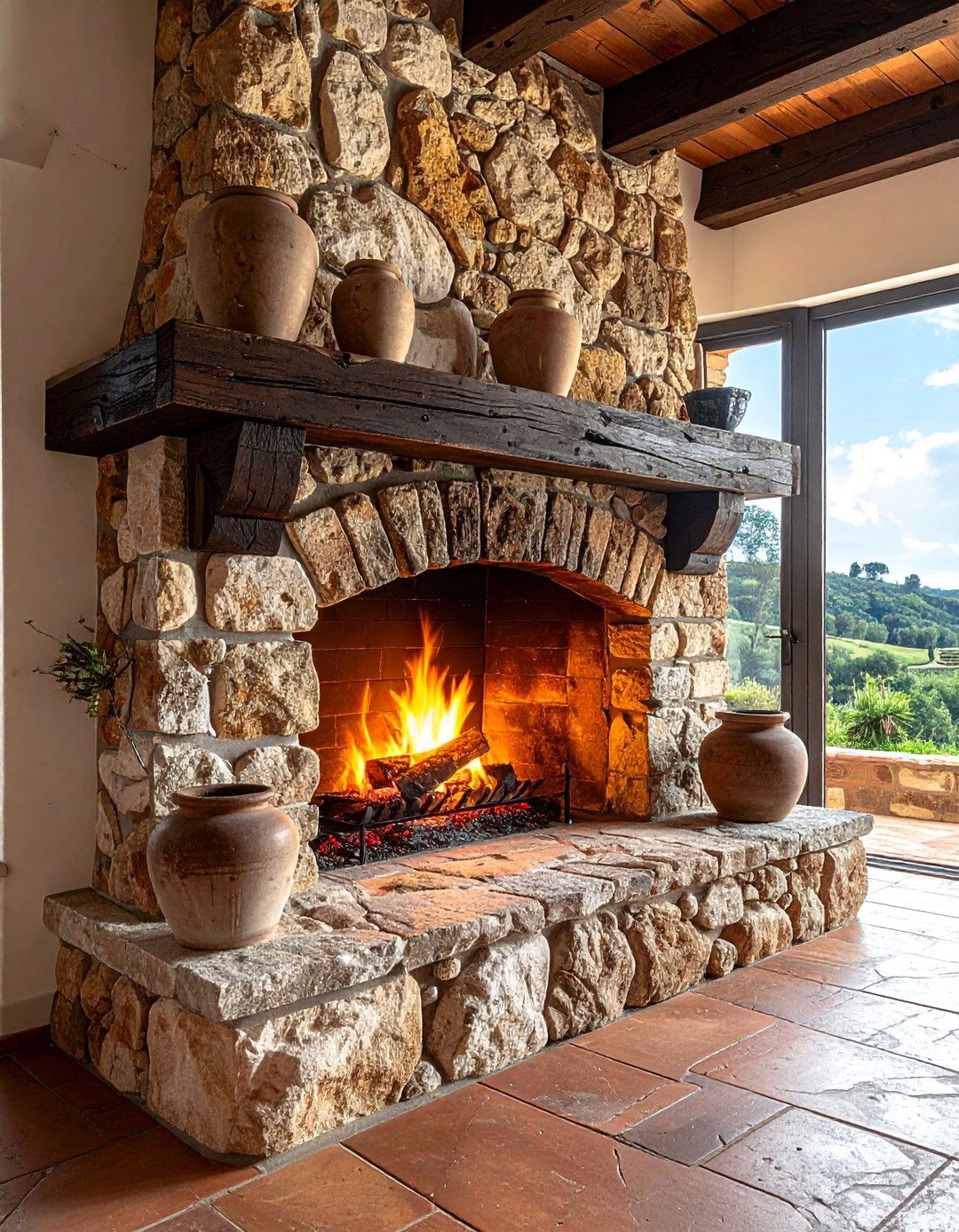
A grand stone fireplace serves as a commanding focal point in any Tuscan-inspired living space. Often crafted from limestone, fieldstone, or river rock, these fireplaces exude rustic permanence and warmth. The rough, natural texture of the stone surround contrasts beautifully with a heavy wooden mantel, where you can display ceramics or antique decor. This feature is not just for aesthetics; it embodies the heart of the home, a gathering place for family and friends. Its substantial presence anchors the room, reinforcing the connection to natural, earthy materials that defines the core of authentic Tuscan interior design.
6. Tuscan Interior Design with Terracotta Tile Floors
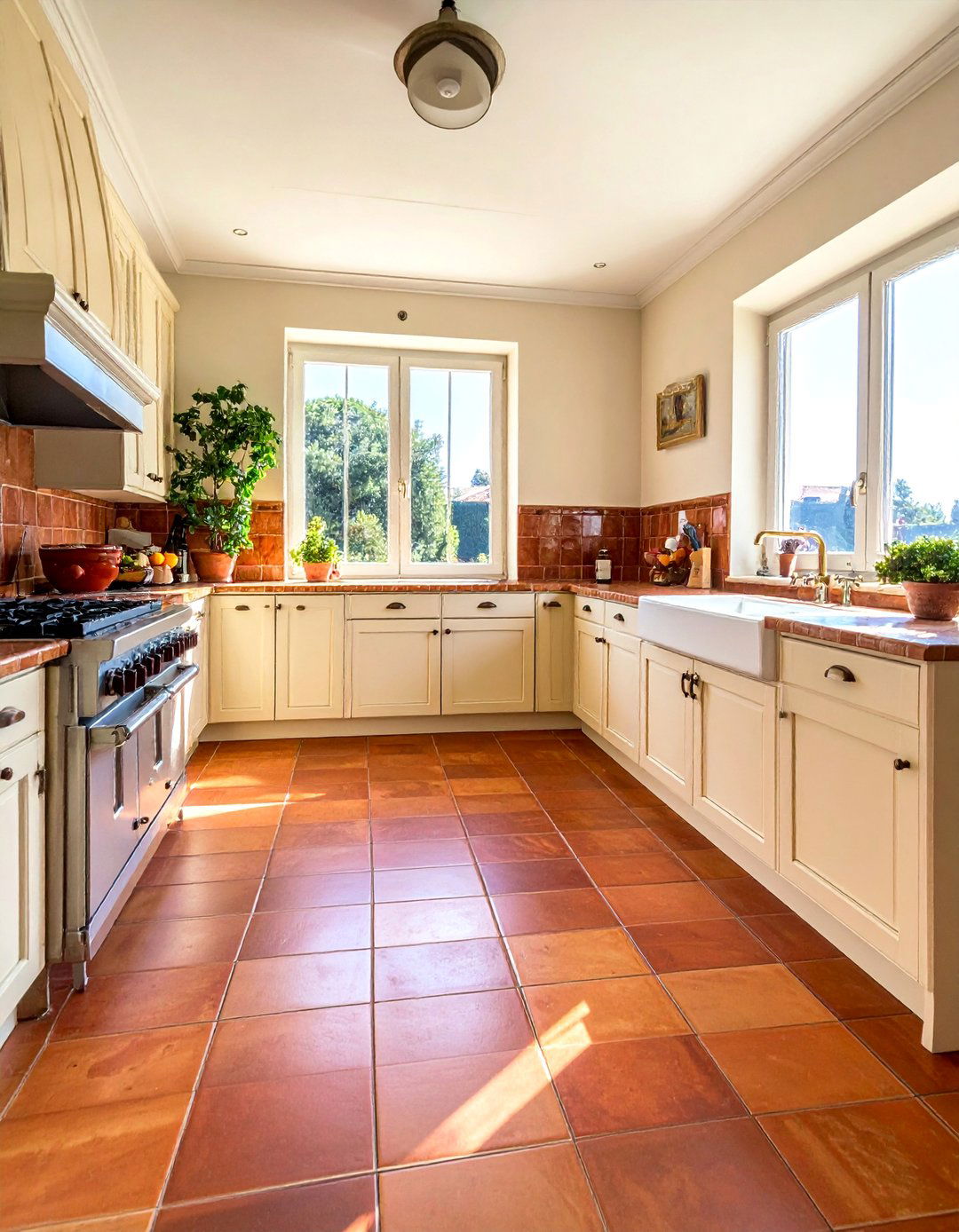
Terracotta tiles are synonymous with the warm, sun-baked landscapes of Tuscany and are a classic choice for flooring. Their rich, reddish-brown hue brings an immediate sense of earthiness and warmth to kitchens, entryways, and courtyards. Often arranged in simple grid or herringbone patterns, these clay tiles have a natural, unpretentious charm. Their matte finish and slight imperfections enhance the rustic, lived-in feel of the space. Durable and practical, terracotta floors age beautifully, developing a rich patina over time that adds to their character. Paired with wooden furniture and plaster walls, they create an authentic and inviting foundation for any Tuscan-inspired home.
7. Tuscan Interior Design Featuring Arched Doorways
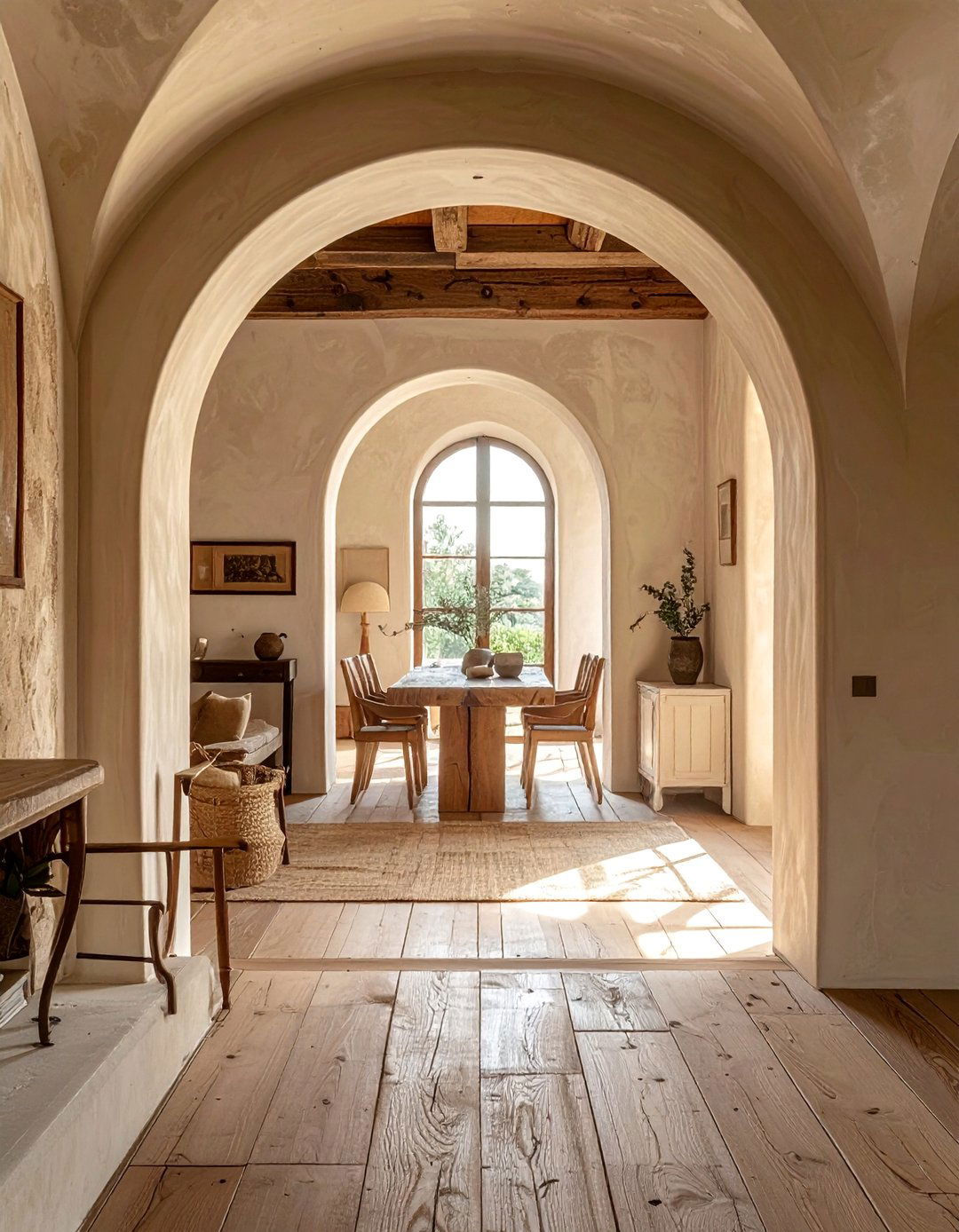
Arched doorways and windows are an architectural signature of Tuscan interior design, lending softness and elegance to the structure of a home. These graceful curves break the monotony of straight lines, creating a fluid transition between rooms and framing views like works of art. Whether it's a wide arch separating the kitchen from the dining area or a smaller arched window overlooking a garden, this feature evokes the classical architecture of the Mediterranean. The smooth, rounded shape adds a sense of romance and history, making the space feel more established and thoughtfully designed, perfectly capturing the region's relaxed yet refined atmosphere.
8. Tuscan Interior Design with Ornate Wooden Furniture
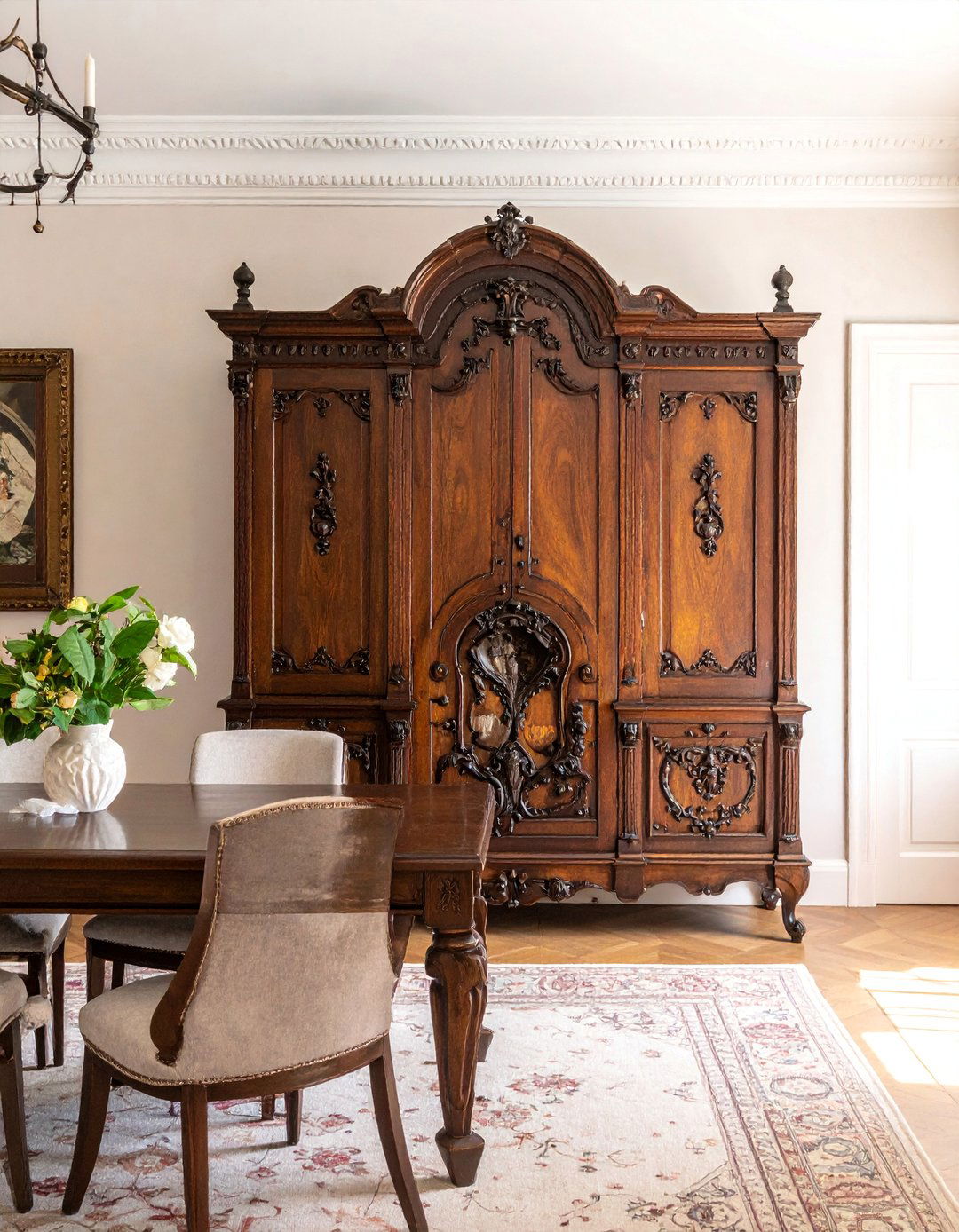
The furniture in Tuscan interior design is characterized by its substantial, ornate, and often dark-stained wood construction. Pieces are typically handcrafted from woods like walnut or chestnut, featuring detailed carvings, turned legs, and classic silhouettes. Think of a large, rustic dining table, a heavy armoire, or a stately sideboard. This furniture is built to last, conveying a sense of permanence and family heritage. Its robust presence balances the softness of plaster walls and the coolness of stone floors. Upholstery is kept simple with natural fabrics, allowing the beauty and craftsmanship of the woodwork to remain the central focus.
9. Tuscan Interior Design Using an Earthy Color Palette
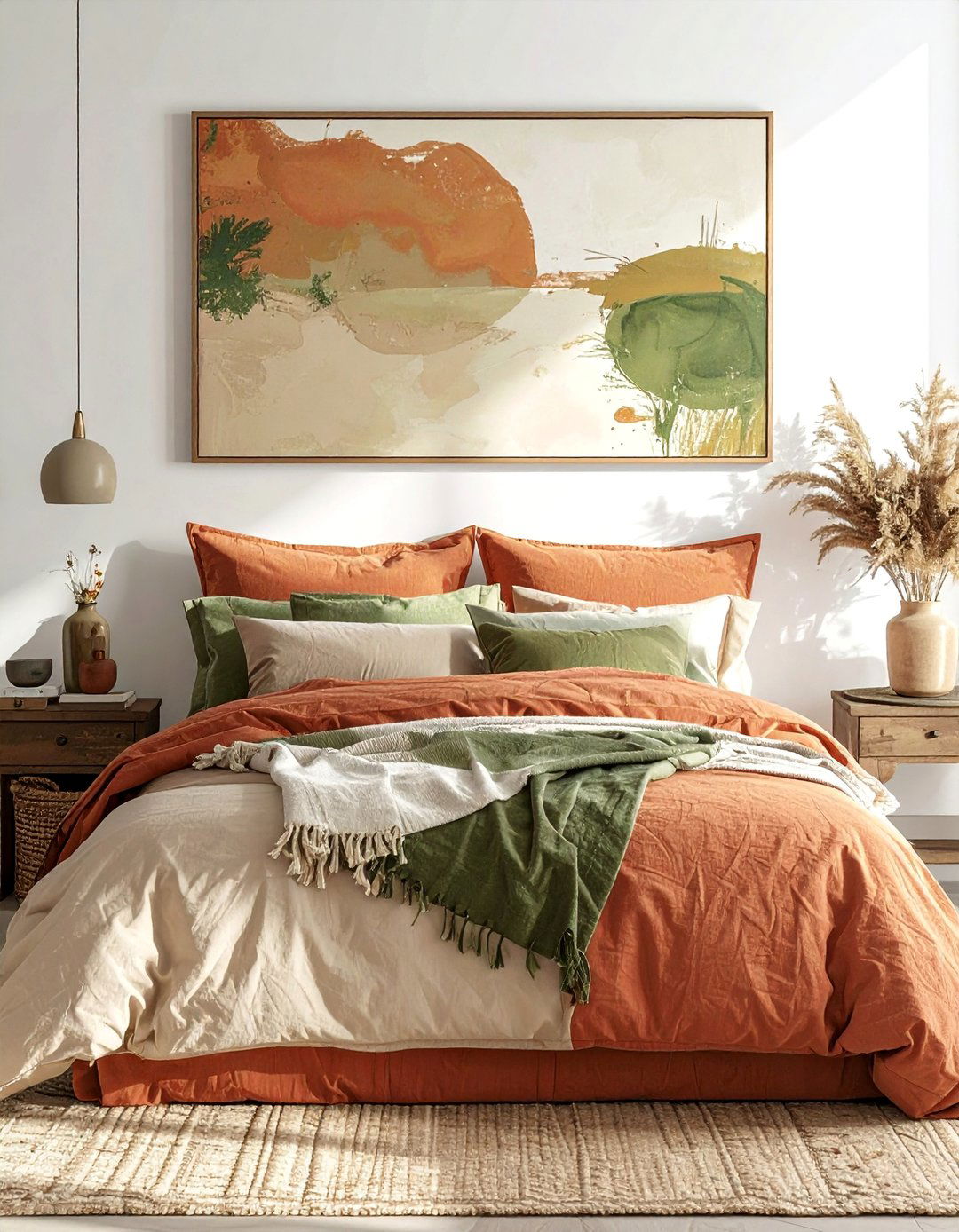
The color palette of Tuscan interior design is drawn directly from the Italian landscape. It is dominated by warm, earthy, and sun-drenched hues that create a welcoming and comfortable atmosphere. Key colors include terracotta, burnt orange, golden yellow, ochre, and olive green, often balanced by creamy whites and deep browns. These shades are applied to walls, textiles, and accessories to evoke the feeling of a rustic villa. The goal is to create a harmonious and natural look, avoiding bright, jarring colors. This palette works seamlessly with natural materials like wood, stone, and iron, reinforcing the connection to nature that is central to the style.
10. Tuscan Interior Design Showcasing Copper Accents
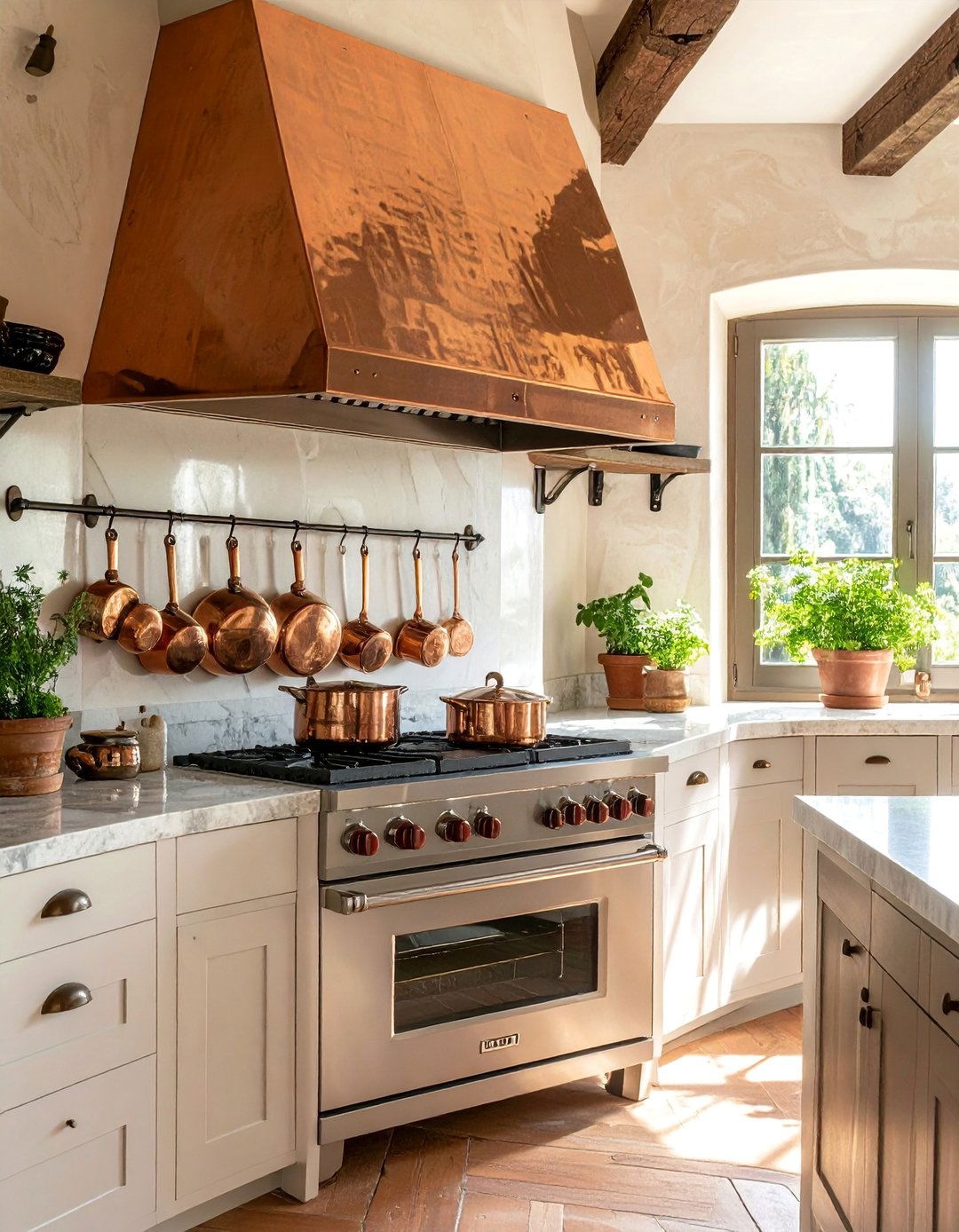
Bringing copper accents into your kitchen and living areas is a brilliant way to enhance a Tuscan interior design theme. The warm, reddish-gold glow of copper adds a touch of rustic luxury that complements the style's earthy palette. Consider a large, hammered copper range hood as a stunning focal point in the kitchen, or install a classic farmhouse sink made from the same material. Copper pots and pans can be hung from a wrought-iron rack for both decoration and function. In other rooms, copper vases, light fixtures, or decorative bowls add a subtle shimmer that catches the light beautifully, enriching the space with warmth and character.
11. Tuscan Interior Design with Patterned Tile Backsplashes
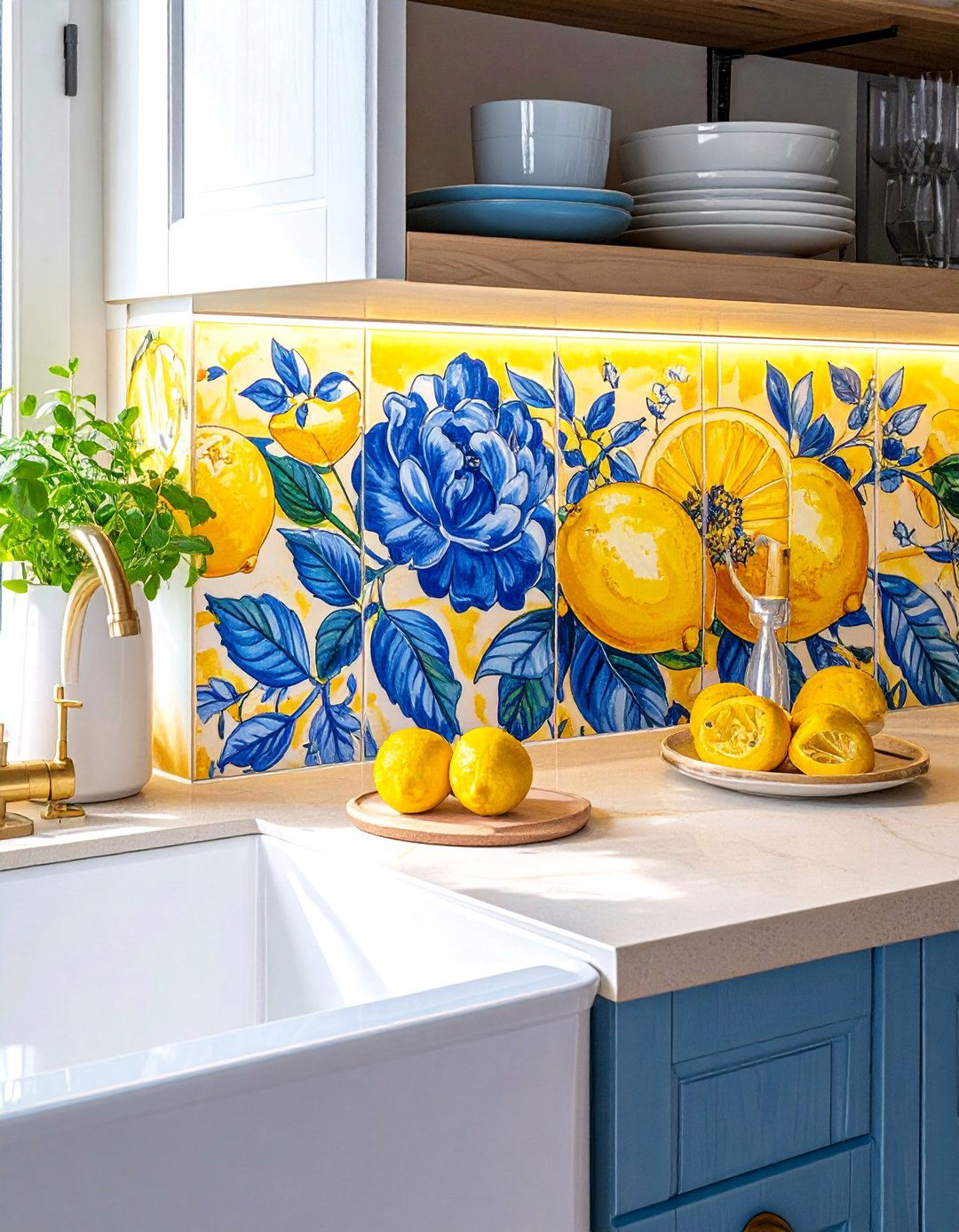
A patterned tile backsplash brings vibrant artistry and a touch of Mediterranean flair to a Tuscan kitchen or bathroom. Choose hand-painted ceramic tiles featuring traditional motifs like florals, fruits, or geometric designs. The colors should align with the Tuscan palette—think deep blues, sunny yellows, and rich greens set against a creamy background. These tiles create a beautiful focal point behind a stove or sink, adding visual interest without overwhelming the space. The slightly imperfect nature of hand-painted tiles enhances the rustic, handcrafted aesthetic, making the room feel personal and infused with the charm of Italian craftsmanship.
12. Tuscan Interior Design Incorporating Antique Rugs
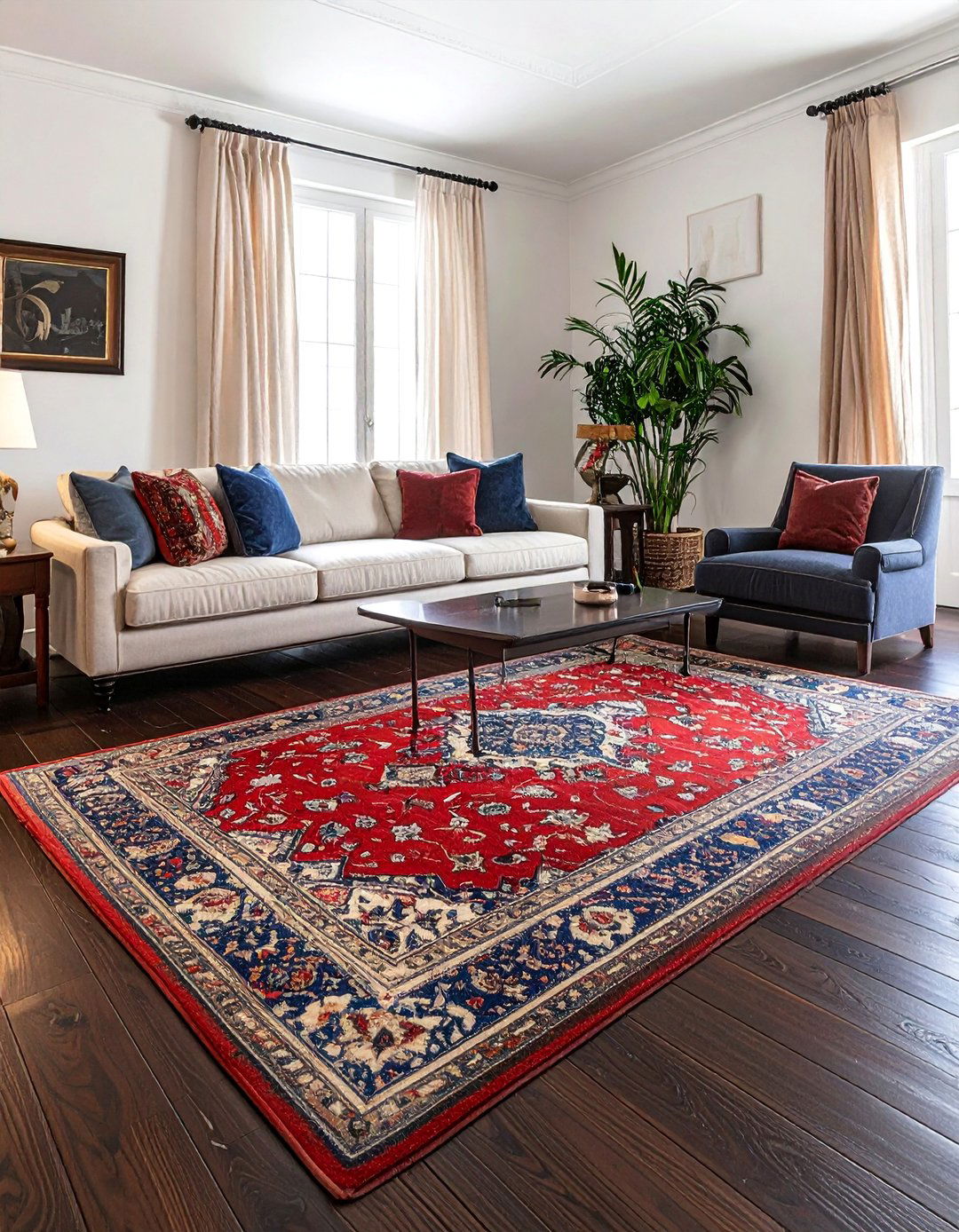
Antique or vintage-style area rugs are perfect for adding warmth, color, and texture to the stone or wood floors found in Tuscan interior design. Look for rugs with traditional Persian or Oriental patterns in rich, faded colors like deep reds, blues, and golds. These intricate designs add a layer of sophistication and history to the room. The worn, aged appearance of an antique rug complements the rustic, lived-in feel of the Tuscan aesthetic. Placed in a living room, dining area, or bedroom, these rugs help define spaces, absorb sound, and provide a soft surface underfoot, making the home feel more comfortable and inviting.
13. Tuscan Interior Design with Oil-Rubbed Bronze Fixtures
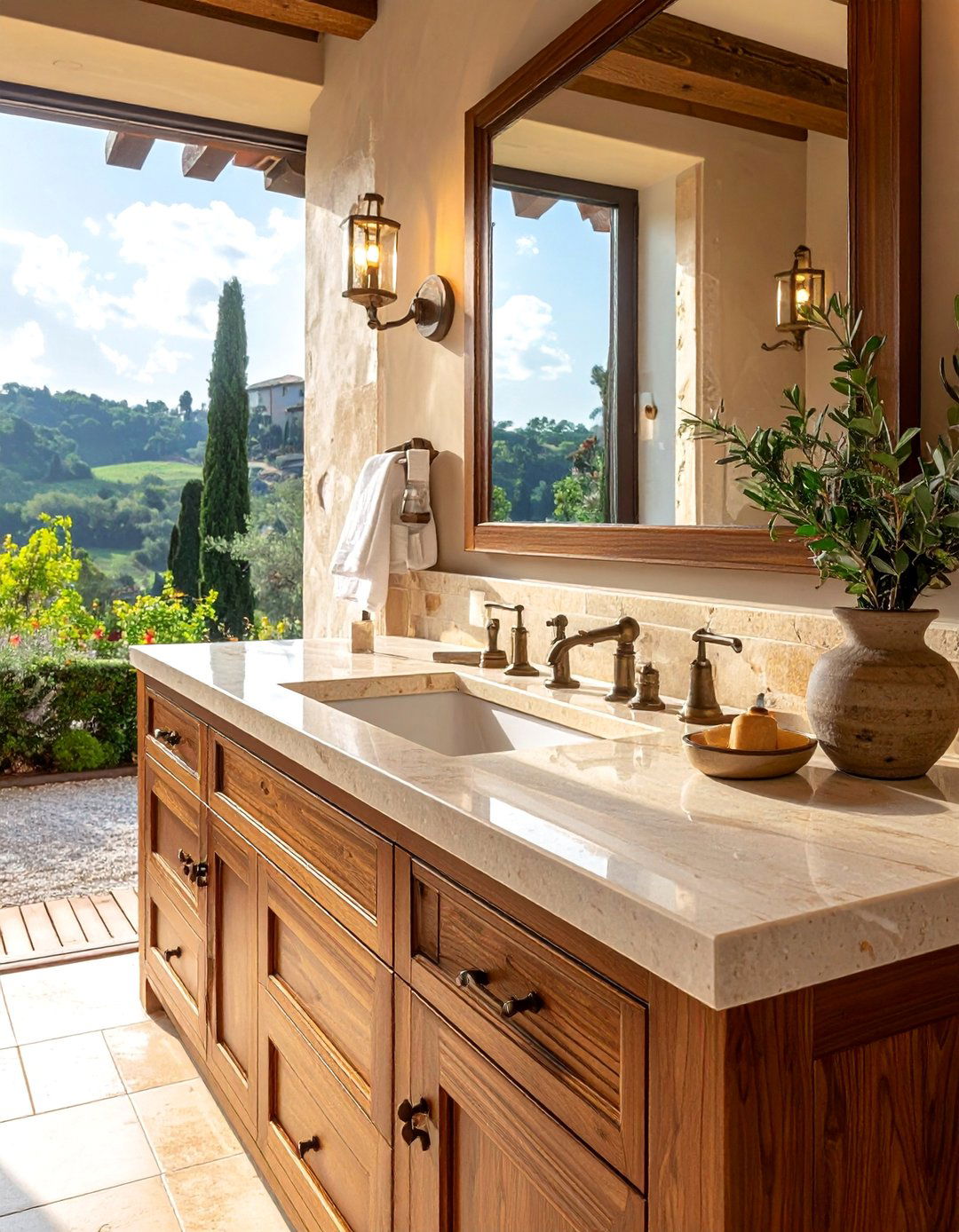
For an authentic finishing touch in Tuscan interior design, opt for oil-rubbed bronze fixtures and hardware. This dark, warm metallic finish has a subtle, aged appearance that pairs perfectly with rustic wood and stone. Use it for kitchen and bathroom faucets, cabinet pulls and knobs, door handles, and light fixtures. Unlike shiny modern metals, oil-rubbed bronze offers a soft, understated elegance that feels timeless and established. Its deep, rich tone complements the earthy color palette and adds a touch of traditional craftsmanship, ensuring every detail contributes to a cohesive and historically inspired aesthetic.
14. Tuscan Interior Design and Layered Lighting
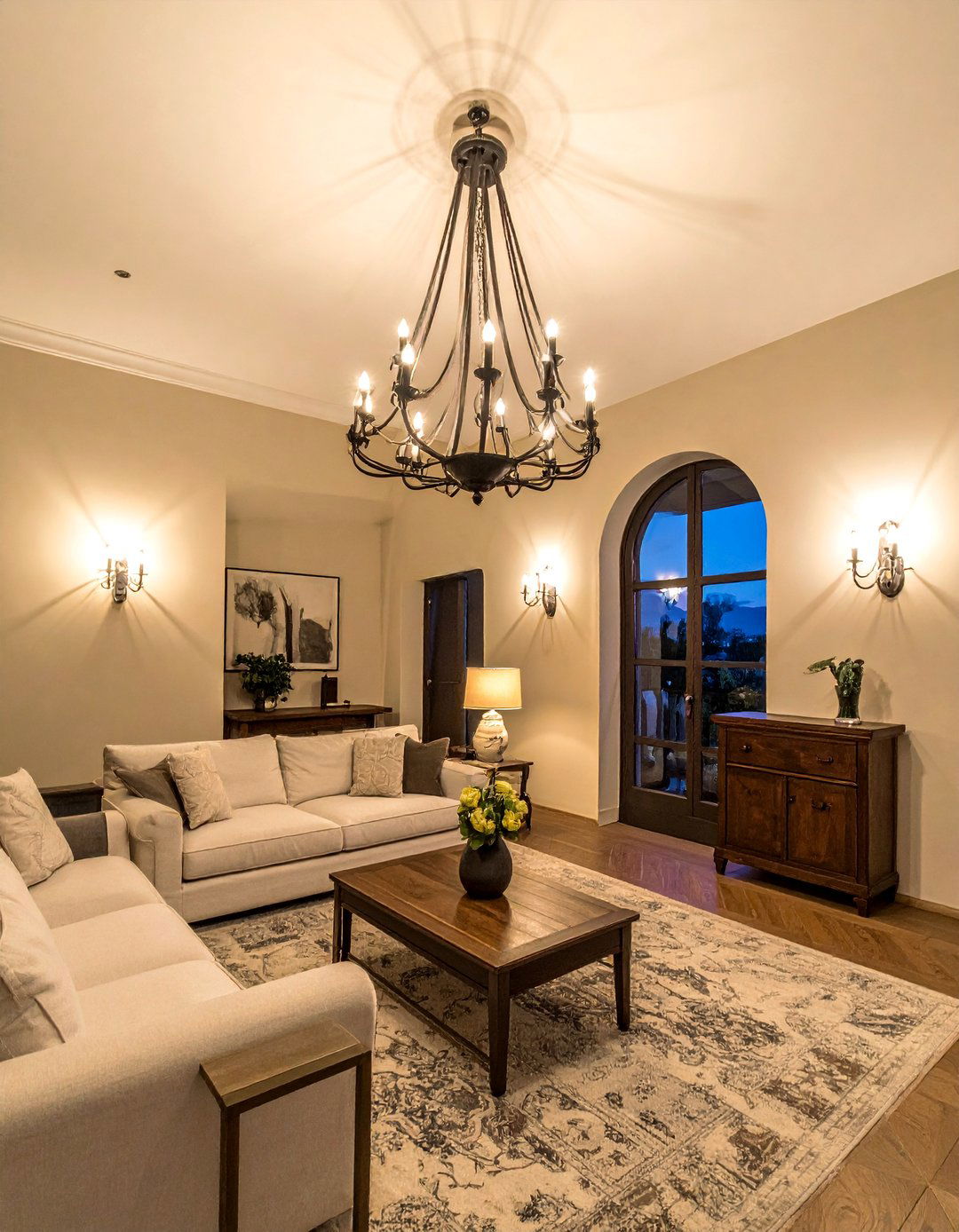
Layered lighting is key to creating the warm, inviting ambiance characteristic of Tuscan interior design. Start with a central, statement fixture like a large wrought-iron chandelier in the dining or living room. Supplement this with ambient light from wall sconces, also in wrought iron or aged bronze, to cast a soft glow on the textured walls. Finally, add task lighting with table and floor lamps featuring simple, rustic bases and fabric shades in neutral tones. This multi-layered approach allows you to control the mood of the room, creating an intimate and cozy atmosphere that is perfect for relaxing and entertaining.
15. Tuscan Interior Design with Rustic Cabinetry
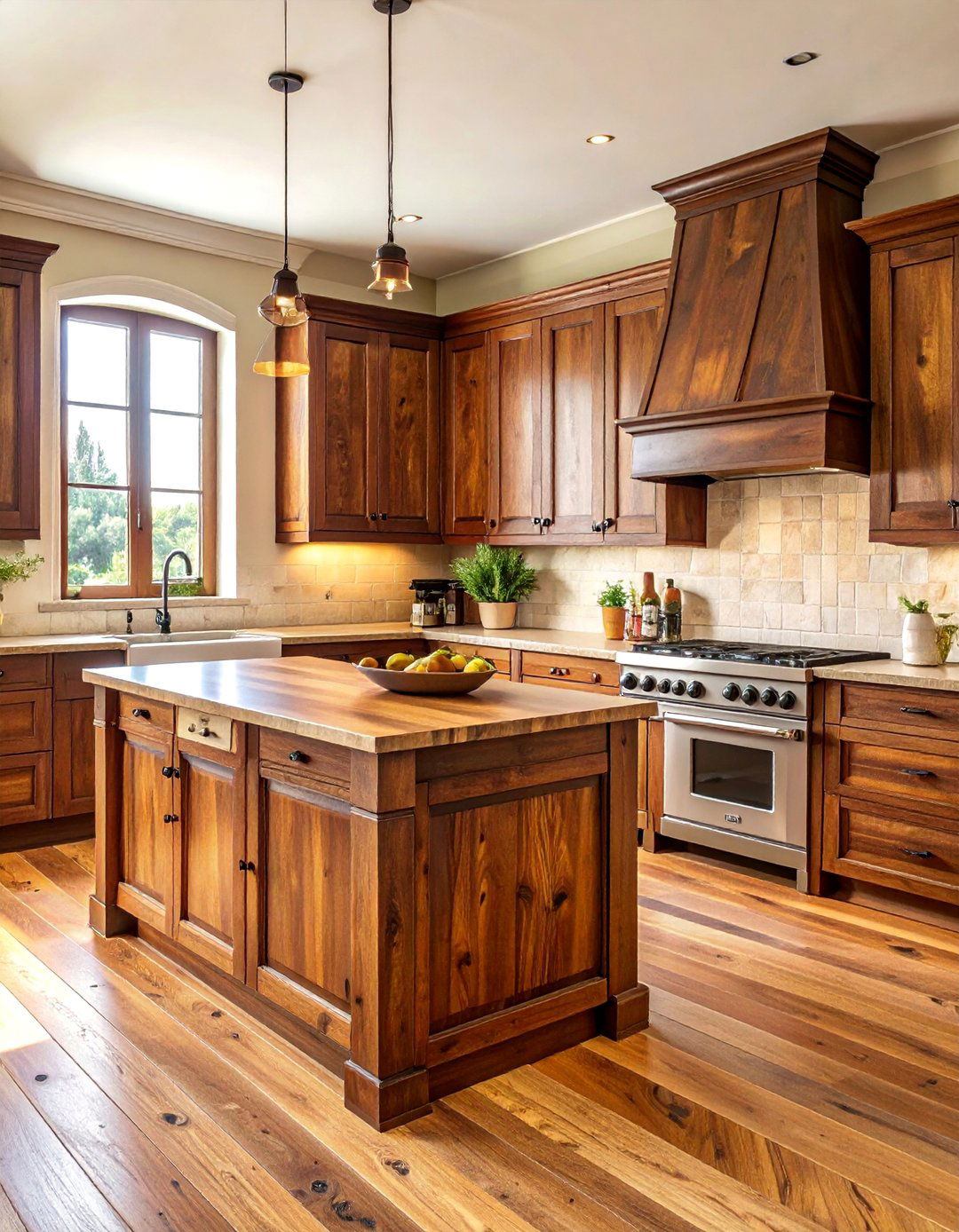
In a Tuscan kitchen, rustic cabinetry is essential for achieving an authentic, farmhouse-inspired look. Cabinets are typically crafted from solid, high-quality woods like alder or cherry and often feature a distressed or antiqued finish to give them a sense of age. Details like raised panel doors, visible wood grain, and decorative molding enhance their traditional character. Freestanding pieces, such as a large hutch or pantry cabinet, can be mixed with built-in units to create a more collected-over-time feel. Paired with oil-rubbed bronze hardware and a stone countertop, this style of cabinetry creates a warm, functional, and timeless kitchen space.
16. Tuscan Interior Design Utilizing Tapestries as Wall Art
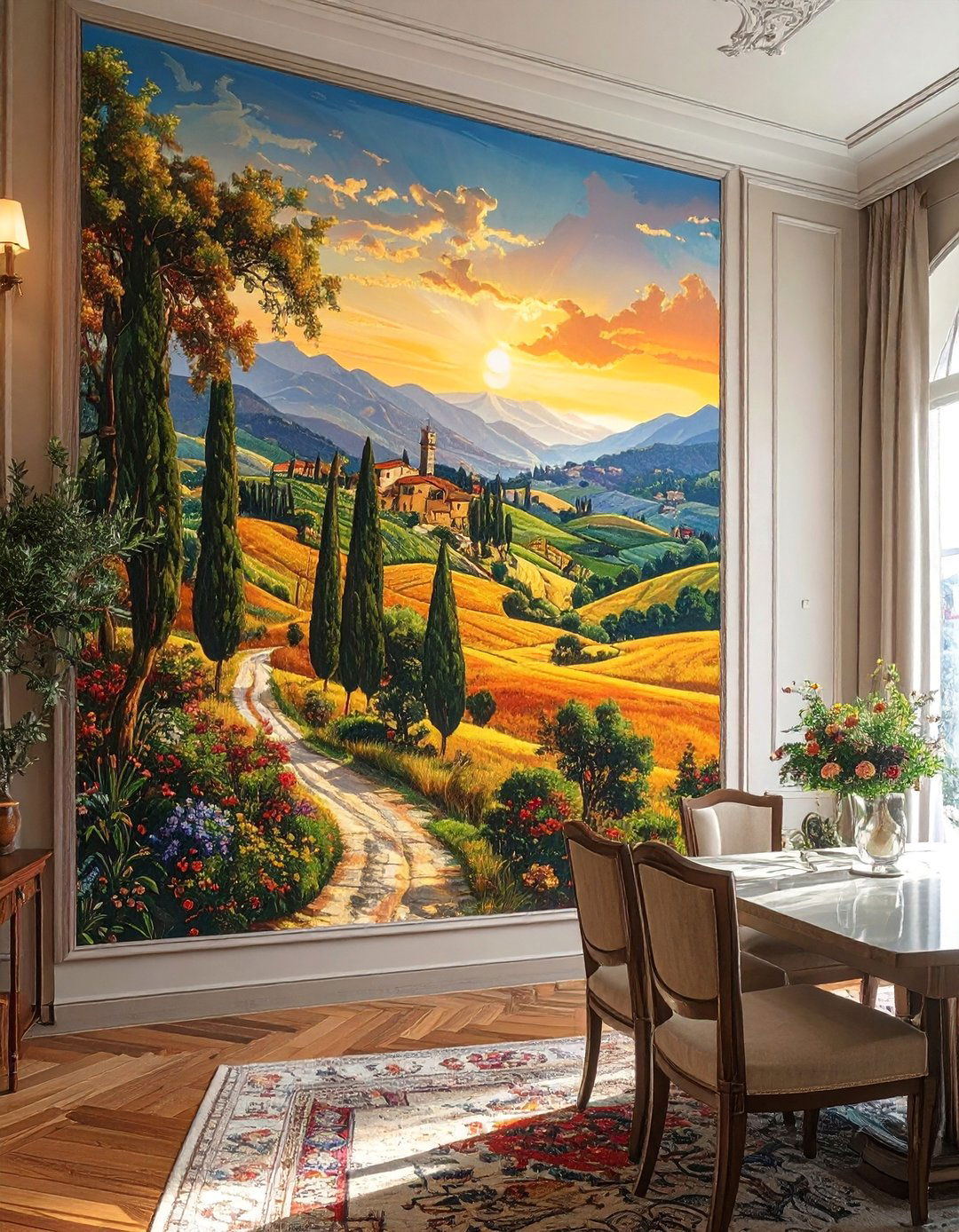
Using tapestries as wall art is a classic way to bring texture, color, and a sense of history into a Tuscan-style home. These large-scale textile pieces can depict pastoral landscapes, botanical motifs, or historical scenes, adding a touch of Old World elegance. Hung in a dining room, entryway, or above a sofa, a tapestry can serve as a dramatic focal point. The soft, woven texture provides a beautiful contrast to hard surfaces like stone floors and plaster walls. It also helps to absorb sound, making large rooms with high ceilings feel more intimate and comfortable, while enriching the space with artistic flair.
17. Tuscan Interior Design with Upholstered Leather Seating
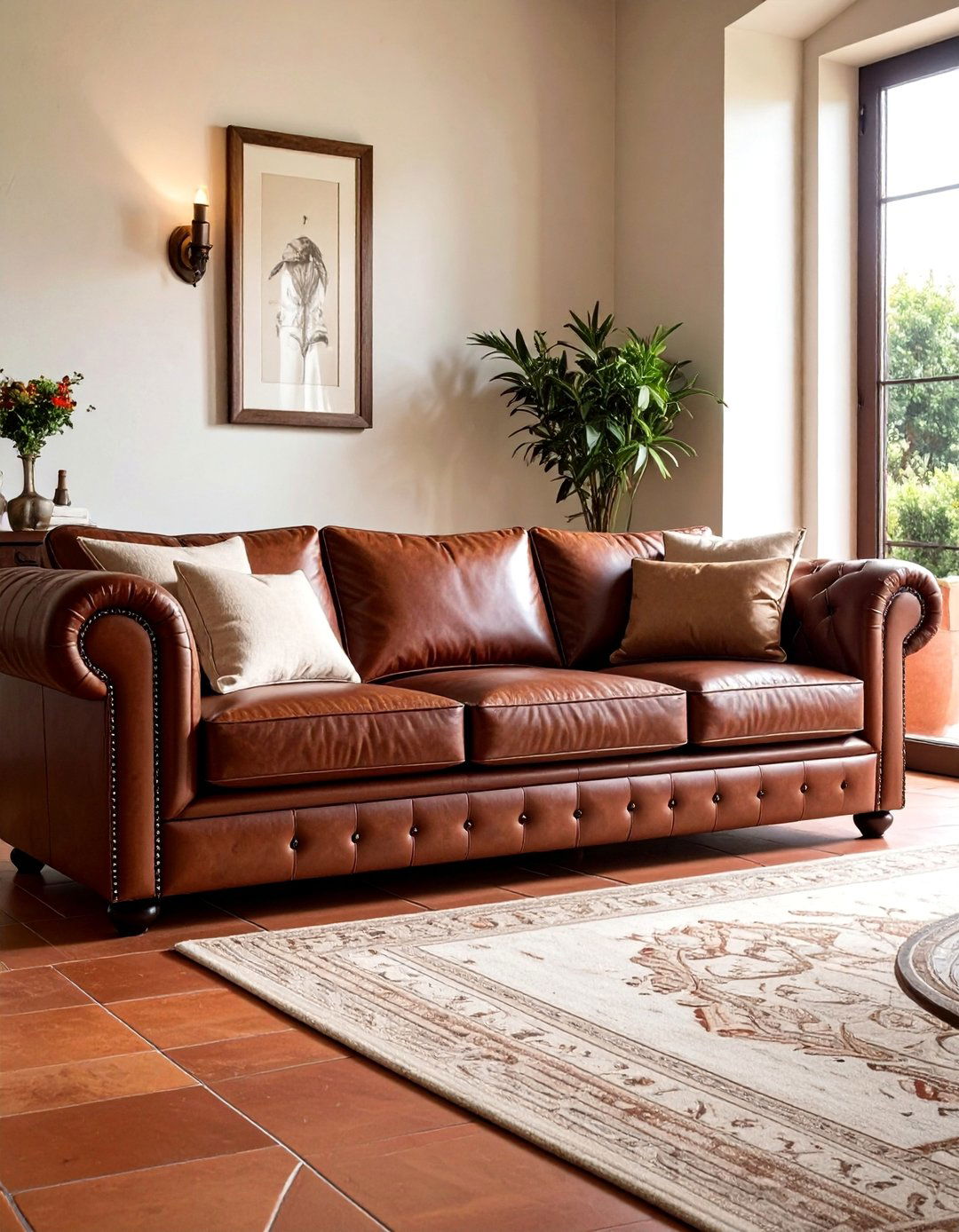
Rich leather upholstery adds a layer of comfort and timeless sophistication to Tuscan interior design. A classic leather sofa or a pair of well-worn armchairs in a deep brown or cognac hue brings warmth and texture to the living space. Leather is a natural material that complements the other organic elements of the style, such as wood and stone. It is also durable and ages beautifully, developing a unique patina that enhances its character over time. This type of seating provides a comfortable and inviting place to relax, perfectly balancing the rustic and elegant aspects of the Tuscan aesthetic.
18. Tuscan Interior Design Featuring a Freestanding Bathtub
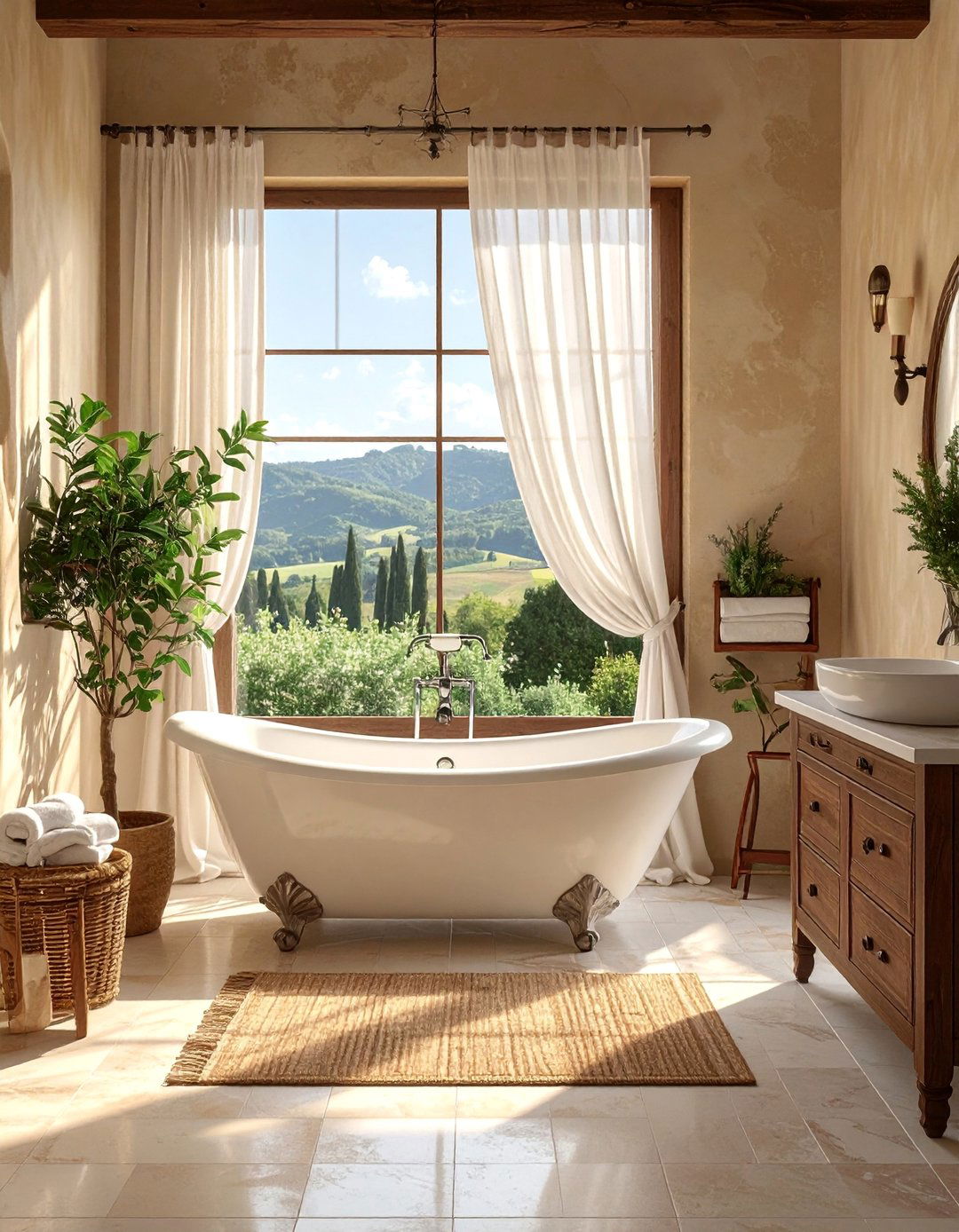
A freestanding bathtub serves as a luxurious centerpiece in a Tuscan-inspired bathroom, evoking the feel of a rustic spa. Classic clawfoot tubs or elegant pedestal-style models are excellent choices. Position the tub near a window to take advantage of natural light and scenic views. The surrounding space should feature other Tuscan elements, such as travertine tiles, textured plaster walls, and oil-rubbed bronze fixtures, to create a cohesive and serene retreat. This statement piece transforms the bathroom from a purely functional area into a tranquil sanctuary for relaxation, embodying the leisurely and refined spirit of the Tuscan lifestyle.
19. Tuscan Interior Design Showcasing Hand-Painted Ceramics
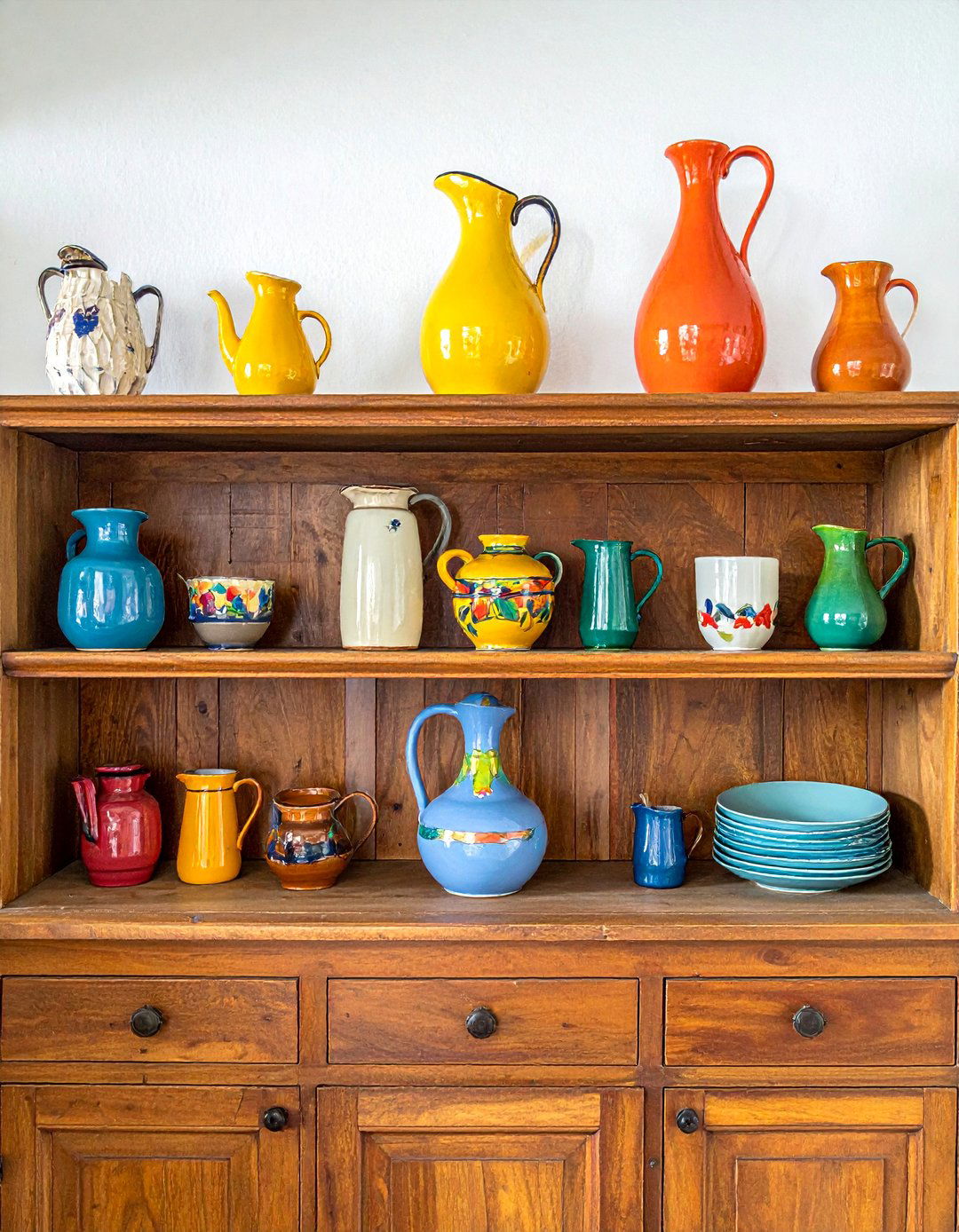
Hand-painted ceramics are a vibrant and essential decorative element in Tuscan interior design. These pieces, ranging from large urns and vases to dinnerware and decorative tiles, infuse the home with color and artistry. Look for ceramics decorated with traditional Italian motifs like lemons, olives, grapes, or intricate geometric patterns. Display them on a wooden mantel, in an open hutch, or as a centerpiece on a rustic dining table. The bright colors and handcrafted quality of these items provide a cheerful contrast to the earthy tones of the overall decor, adding personality and an authentic touch of Italian culture.
20. Tuscan Interior Design with Natural Linen Curtains
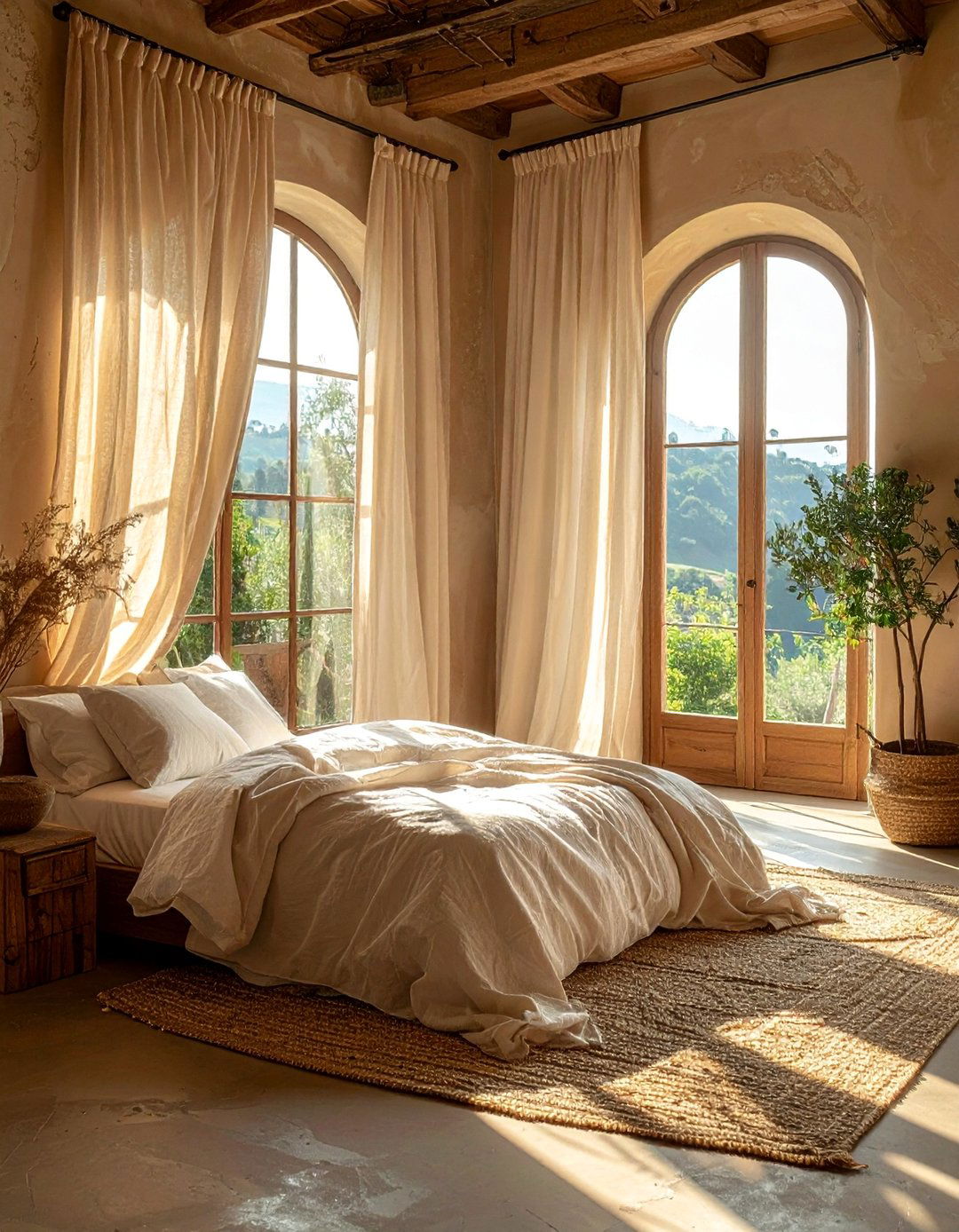
To dress windows in a Tuscan-style home, choose natural linen curtains that allow soft, diffused light to filter through. Opt for simple, floor-length panels in neutral colors like cream, beige, or off-white. This approach maintains a light and airy feel while providing a degree of privacy. The slightly rumpled, organic texture of linen complements the rustic elements of the decor, such as plaster walls and wooden beams. Hang the curtains from a simple wrought-iron rod to complete the look. This understated window treatment enhances the room's connection to the outdoors and contributes to the relaxed, unpretentious elegance of the Tuscan style.
21. Tuscan Interior Design with a Stucco Range Hood
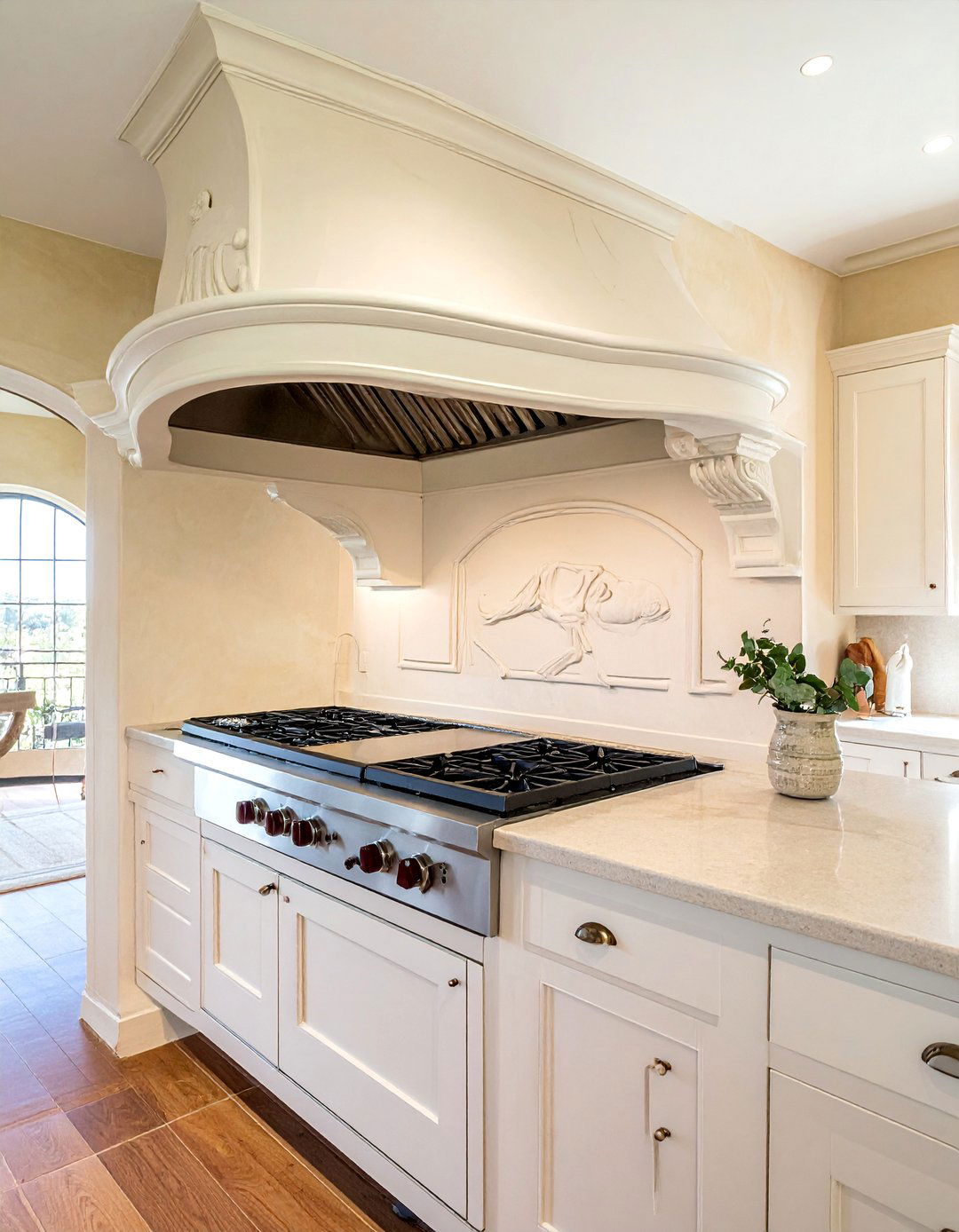
A custom stucco or plaster range hood is a defining feature in a Tuscan kitchen, serving as a powerful architectural focal point above the cooktop. Its curved, often massive form mimics the organic shapes found in traditional Italian villas. The textured surface can be left a natural, creamy white or tinted to match the wall color, seamlessly integrating it into the kitchen's design. This element conceals the modern ventilation system with a beautiful, sculptural piece that reinforces the room's rustic and handcrafted aesthetic. It perfectly balances functionality with the timeless charm that is central to authentic Tuscan interior design.
22. Tuscan Interior Design Incorporating Olive Trees
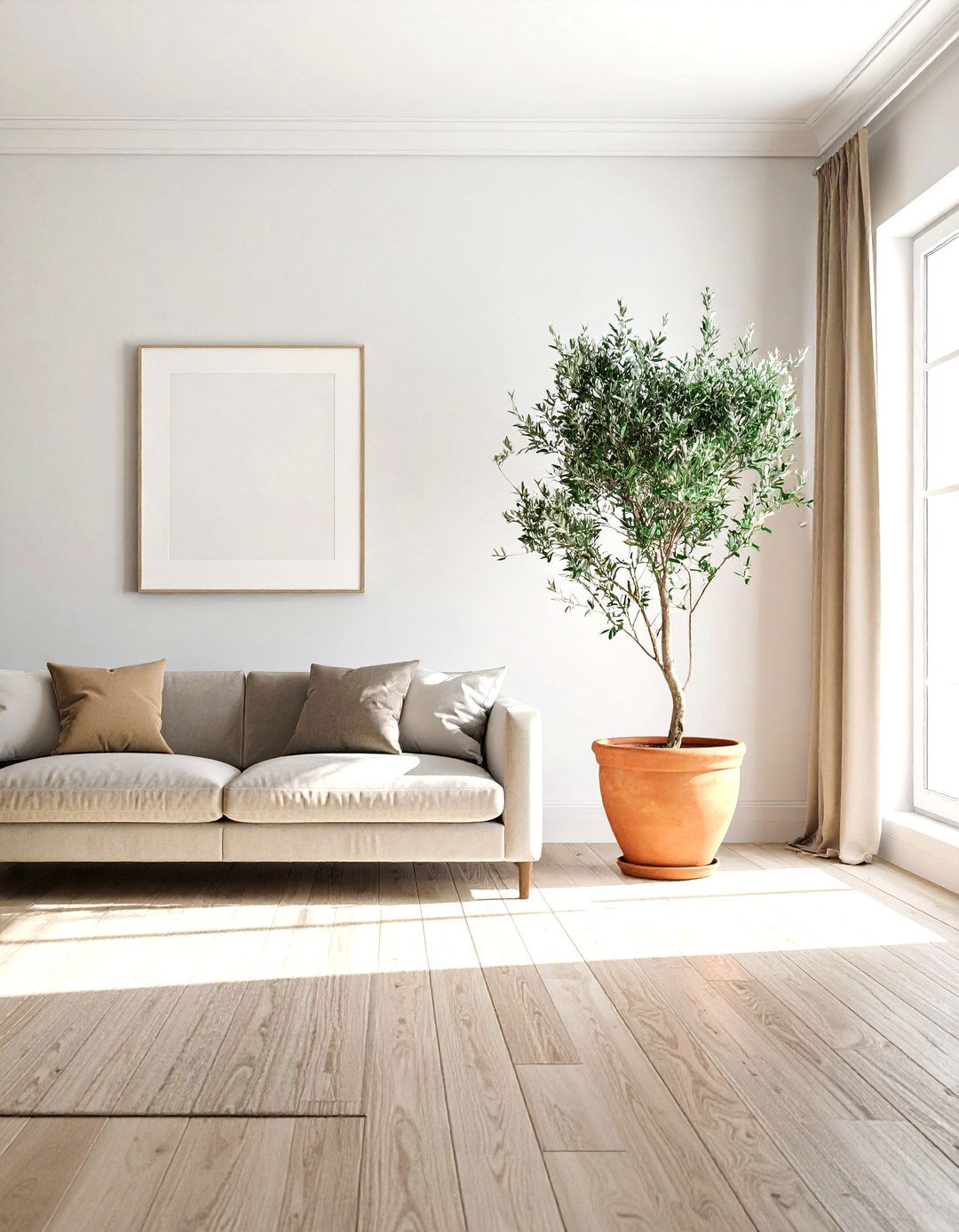
Bringing potted olive trees indoors is a simple yet effective way to infuse your home with the spirit of the Tuscan countryside. The silvery-green foliage of an olive tree adds a touch of living beauty and a natural, organic element to any room. Place a small tree in a rustic terracotta pot in a sunny corner of the living room or kitchen. The delicate leaves and gnarled branches provide a subtle touch of color and texture that complements the earthy palette. This biophilic element reinforces the connection to nature and the Mediterranean landscape, making the space feel fresh, alive, and authentically Tuscan.
23. Tuscan Interior Design Featuring Heavy Wood Doors
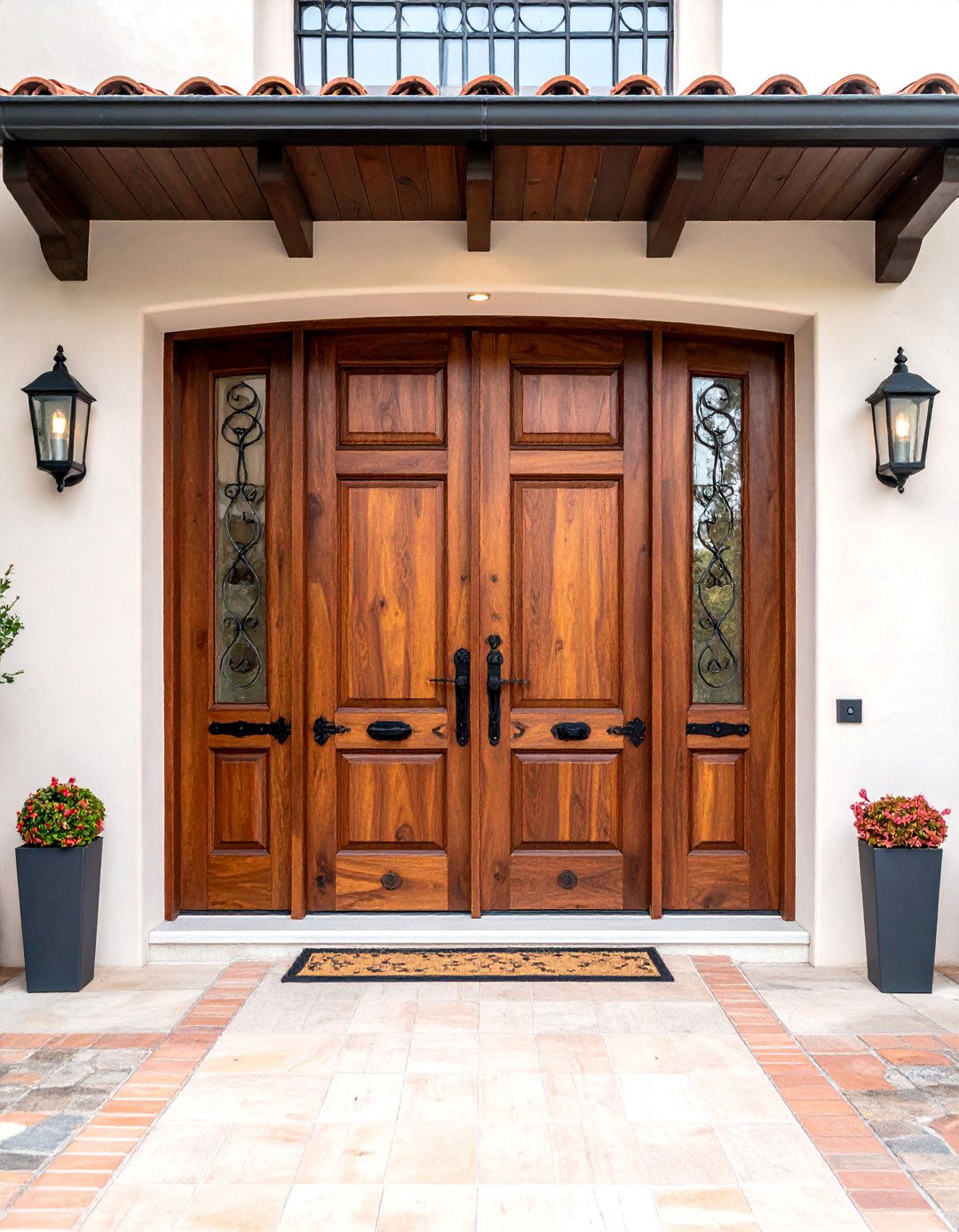
A heavy, solid wood door is an essential element for creating an authentic Tuscan entryway. Crafted from materials like walnut or knotty alder, these doors make a strong first impression, conveying a sense of permanence and rustic elegance. Look for designs with classic features such as raised panels, decorative iron hardware like clavos or grilles, and perhaps a speakeasy window. The wood is often given a dark, distressed finish to suggest age and history. This substantial entrance sets the tone for the rest of the home, promising a warm, welcoming, and beautifully crafted interior that is true to the Tuscan style.
24. Tuscan Interior Design with an Open-Shelf Kitchen
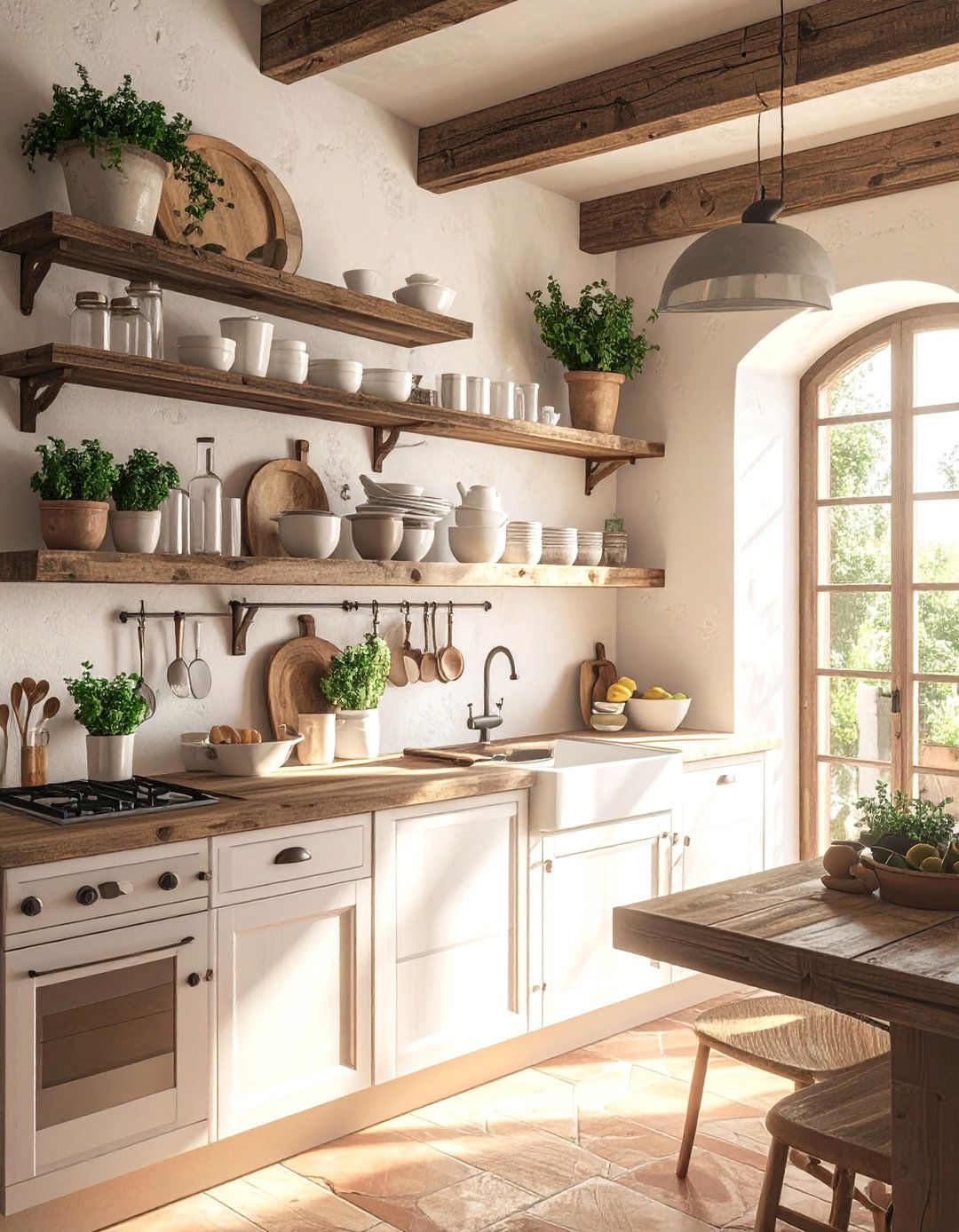
An open-shelf kitchen design contributes to the charming, lived-in feel of a Tuscan home. Replacing some upper cabinets with simple, rustic wooden shelves allows you to display everyday items like hand-painted ceramic plates, copper pots, and glassware. This approach creates a more casual and accessible atmosphere, making the kitchen feel like a true workspace. The shelves, often supported by wrought-iron brackets, break up the visual weight of solid cabinetry and provide an opportunity to add decorative flair. Storing essentials in plain sight enhances the functional, farmhouse aesthetic that is a hallmark of authentic Tuscan interior design.
25. Tuscan Interior Design with Outdoor Living Spaces
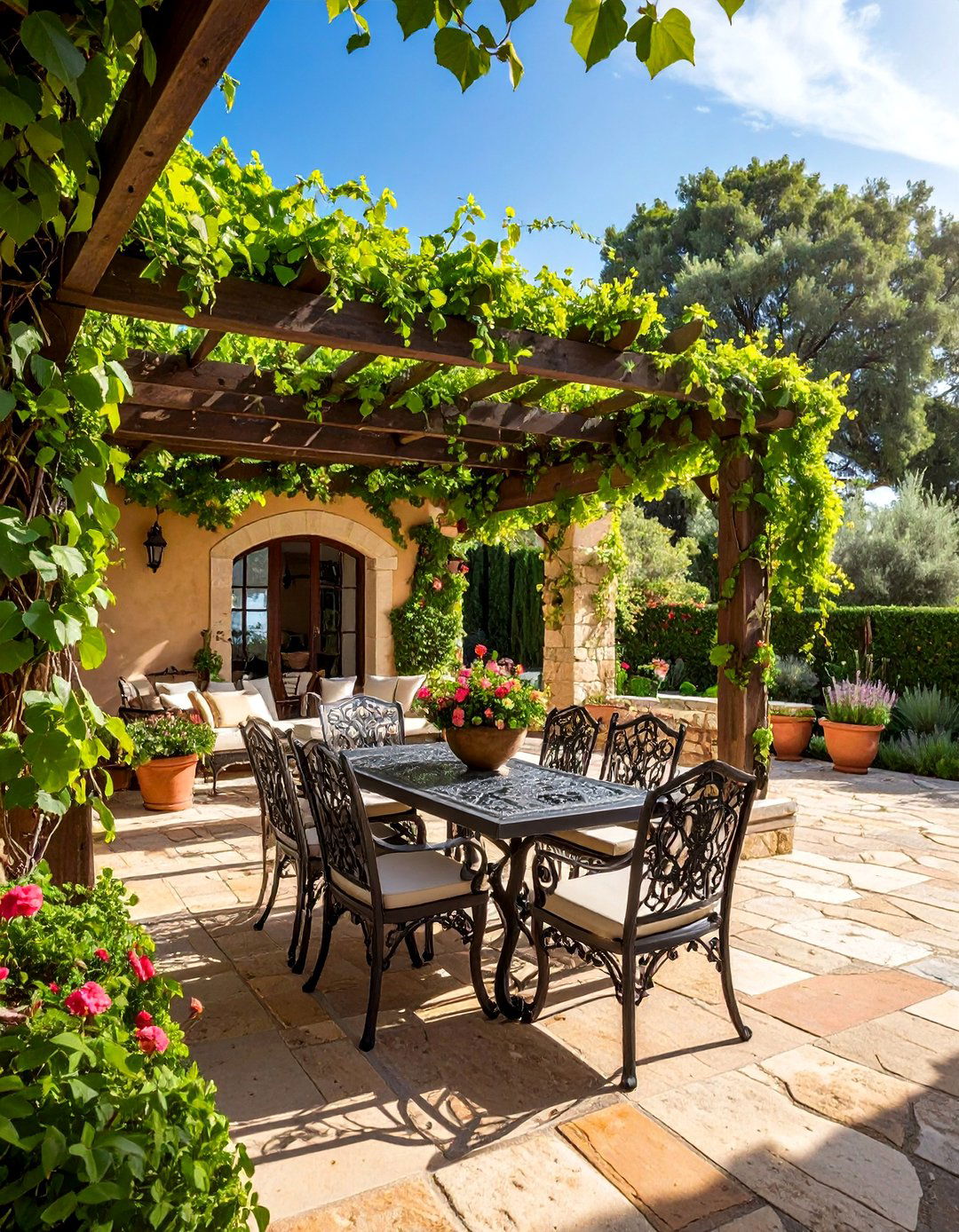
True Tuscan living seamlessly blends the indoors with the outdoors. An essential aspect of this design is creating inviting outdoor spaces like a loggia, patio, or courtyard. Furnish these areas with wrought-iron tables and chairs, comfortable seating with natural fabric cushions, and plenty of terracotta pots filled with herbs and flowers. A stone patio, a wooden pergola covered in vines, and an outdoor fireplace or oven complete the scene. This extension of the living space is perfect for alfresco dining and relaxation, fully embracing the Mediterranean lifestyle and the region's beautiful climate, making it an integral part of the home's design.
Conclusion:
Tuscan interior design offers a timeless and inviting aesthetic that balances rustic comfort with understated elegance. By incorporating key elements such as exposed wood beams, textured plaster walls, natural stone floors, and wrought iron accents, you can create a home that feels warm and connected to nature. The style emphasizes an earthy color palette and well-crafted, sturdy furnishings to evoke the sun-drenched charm of the Italian countryside. Ultimately, it’s about creating a relaxed, beautiful space that celebrates history, craftsmanship, and the simple pleasures of everyday life, making it a truly enduring choice for any home.

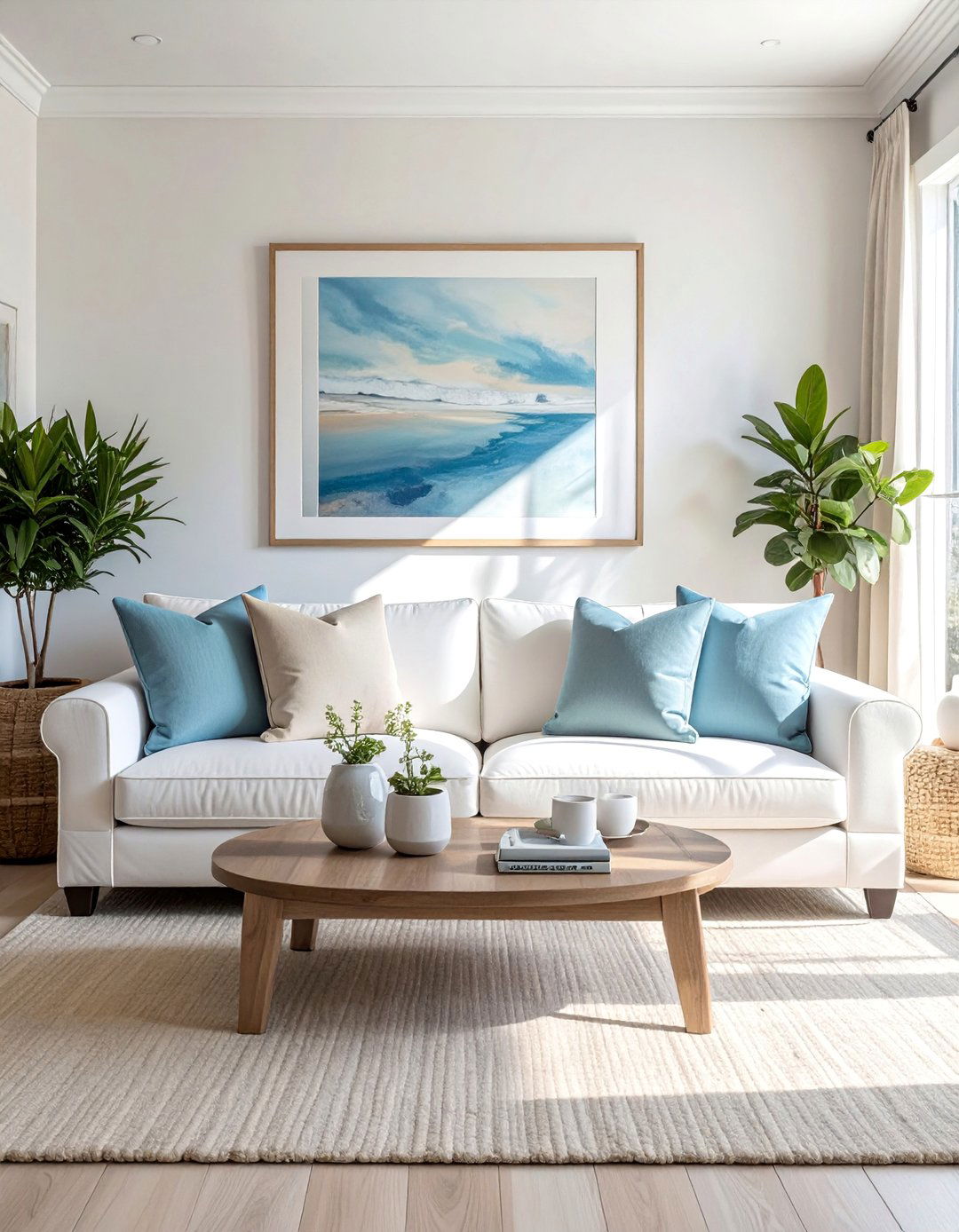
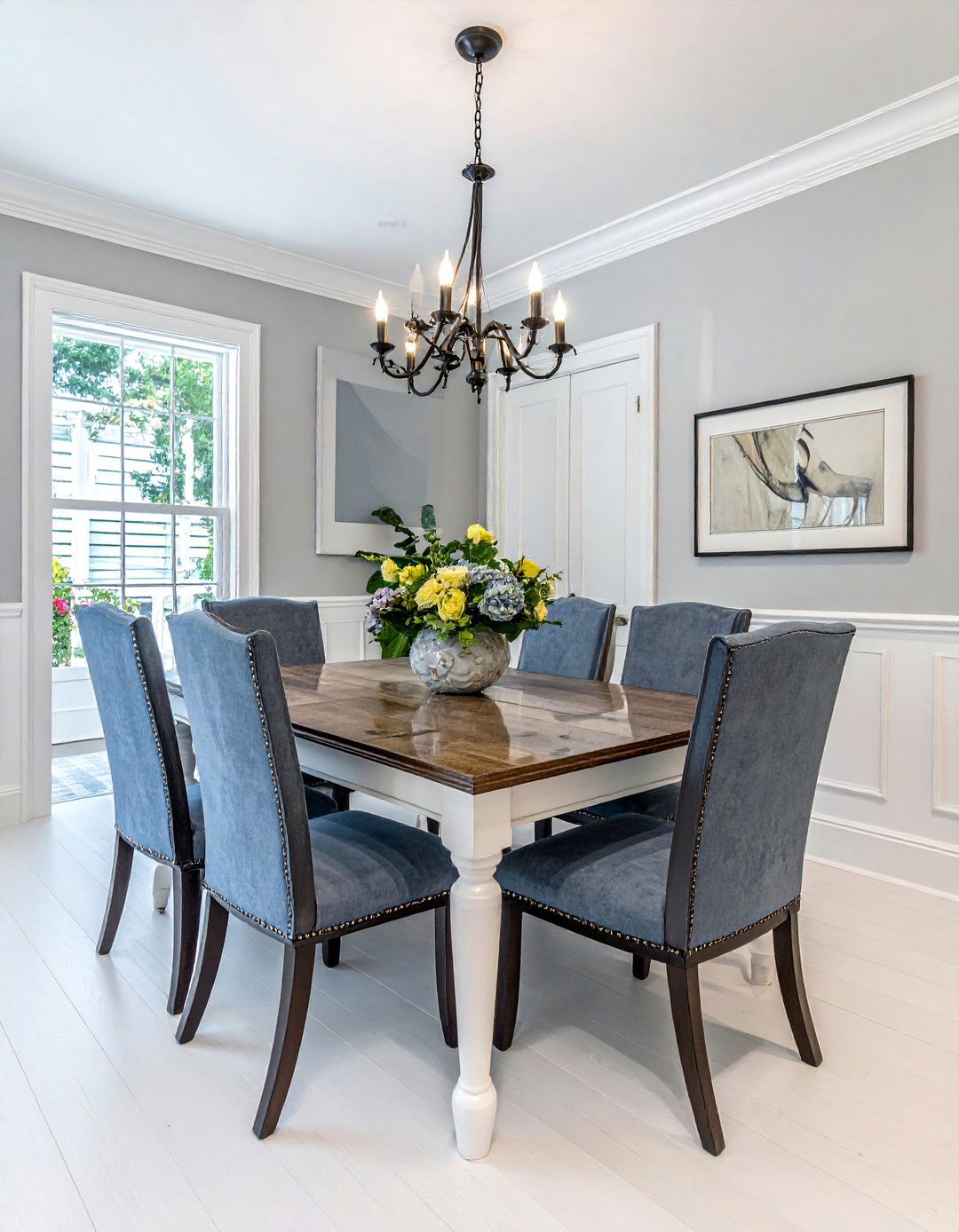
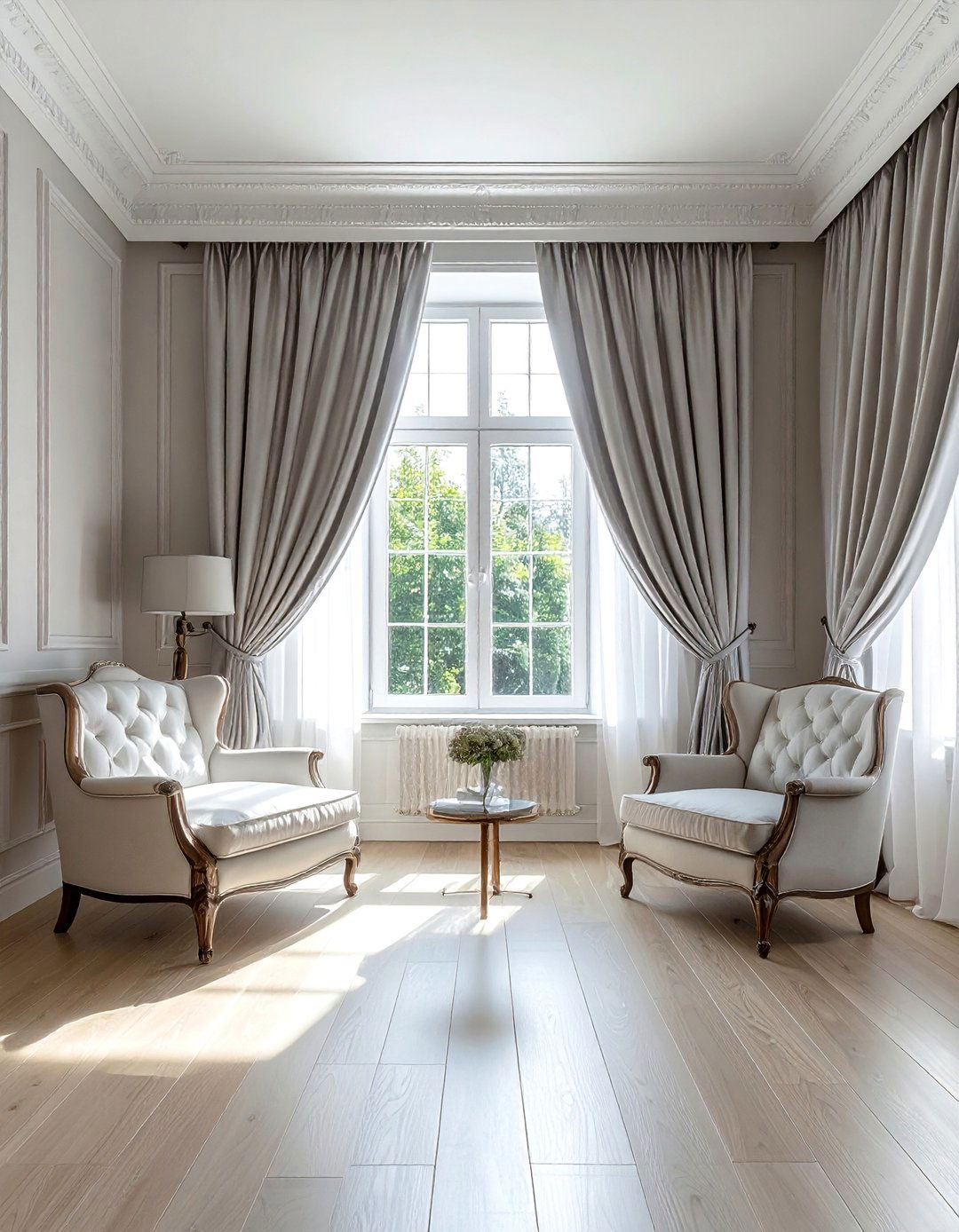
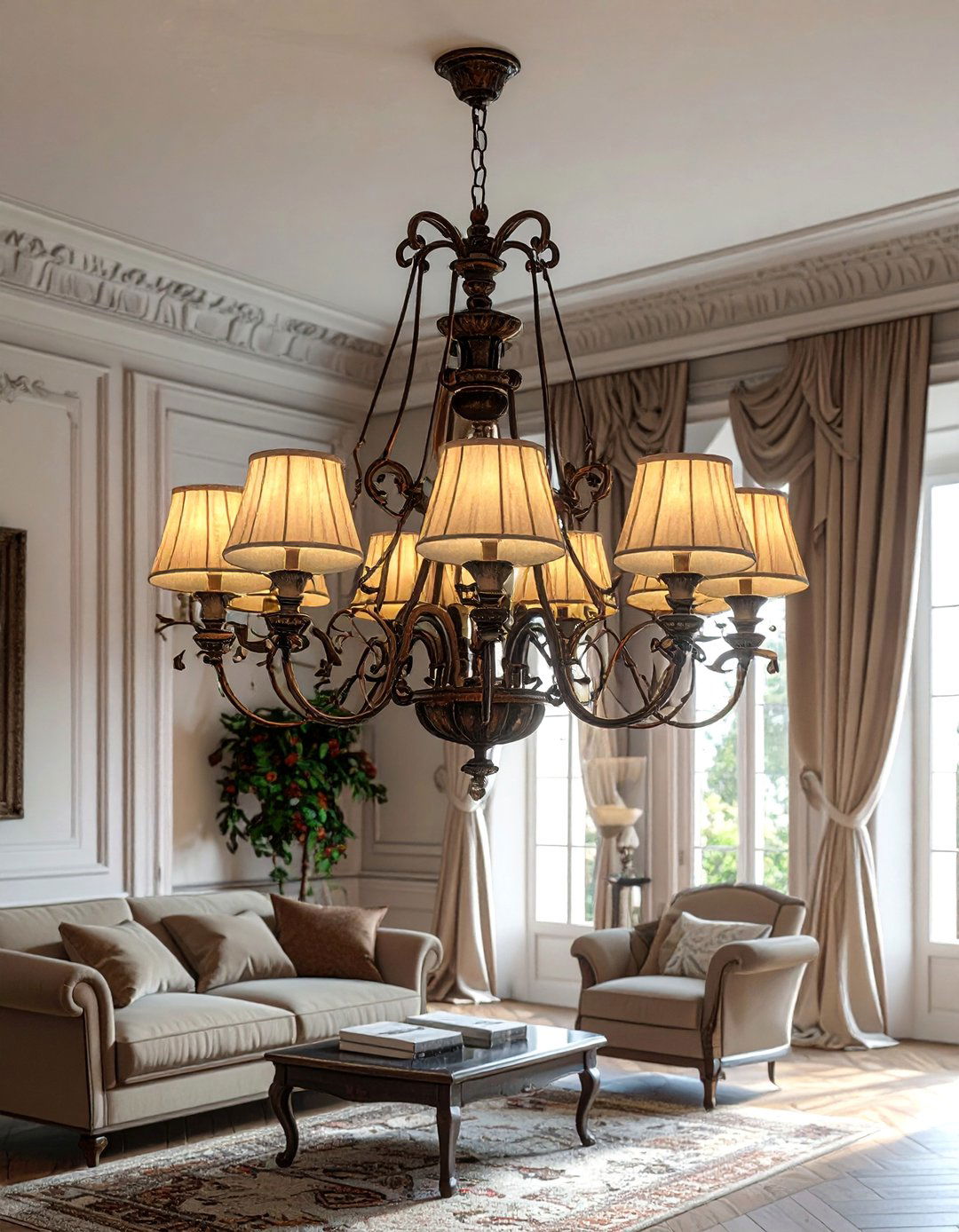
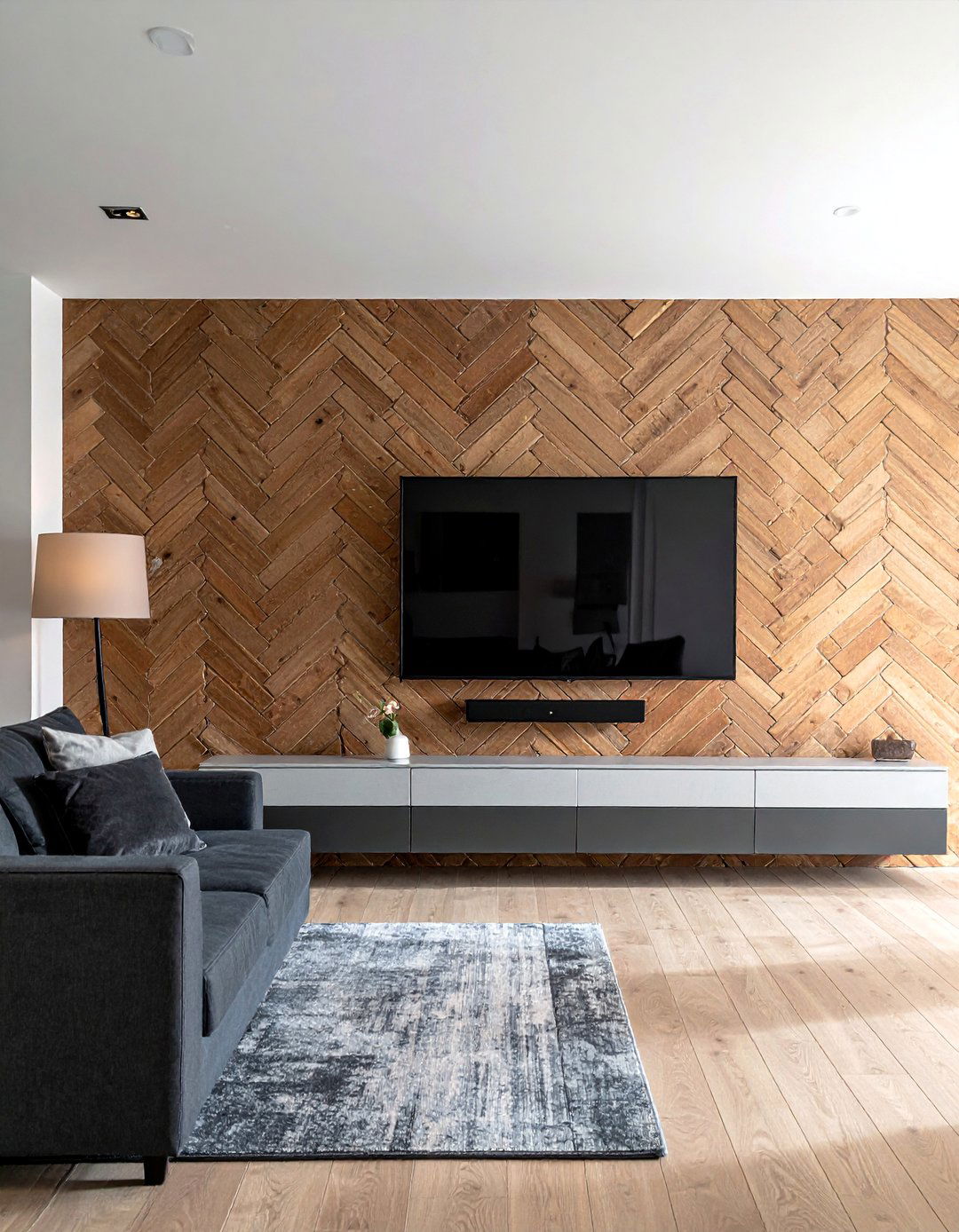
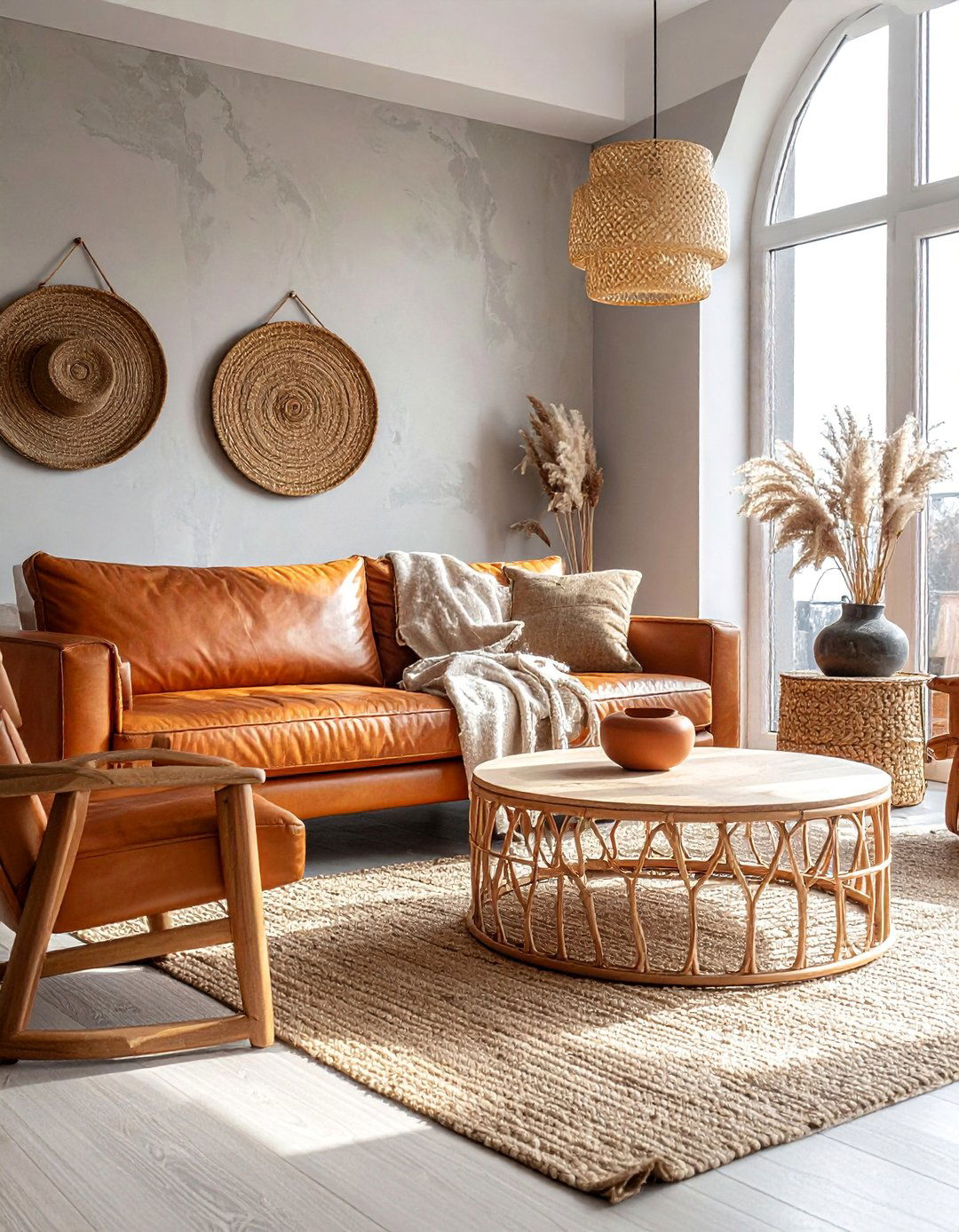
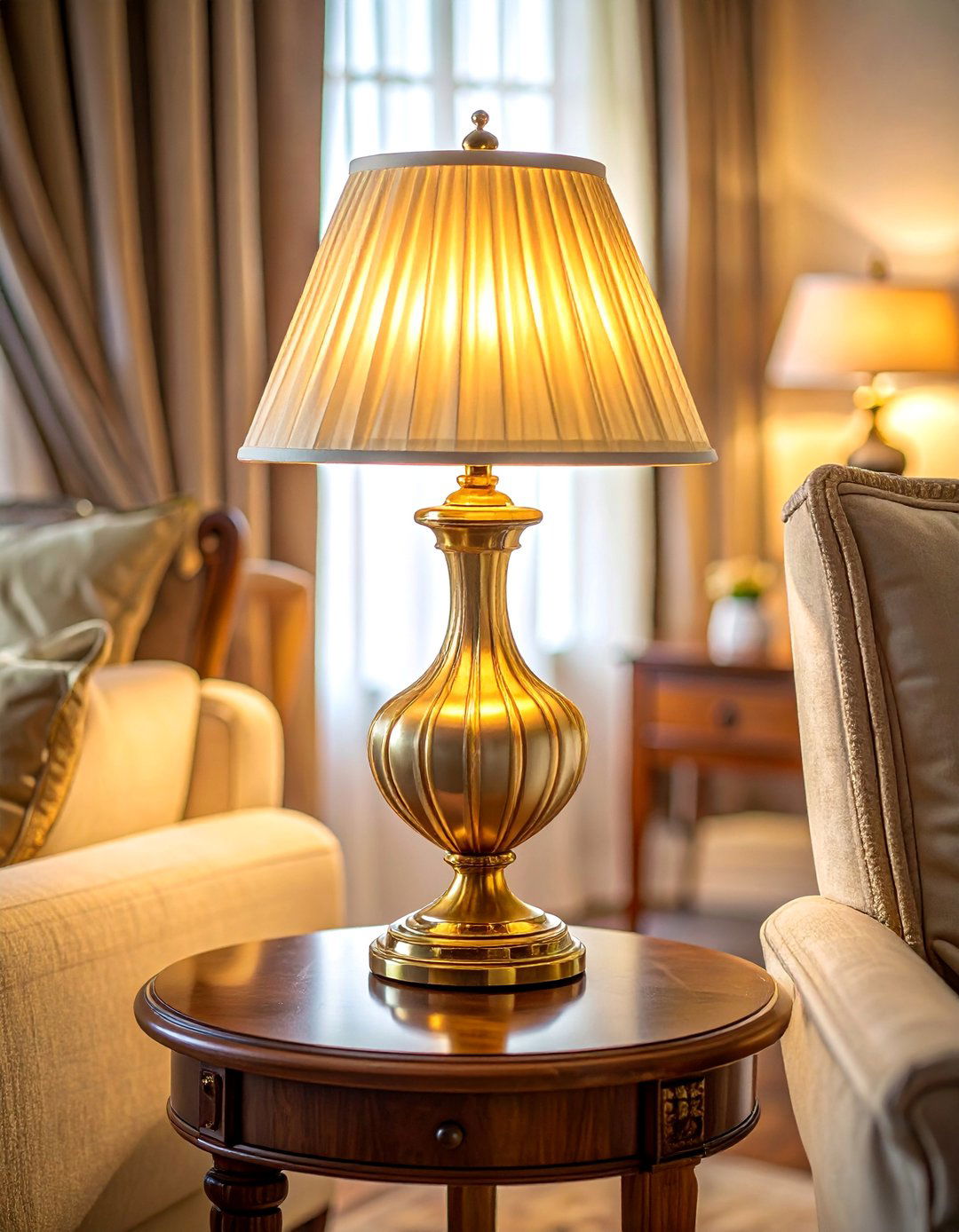
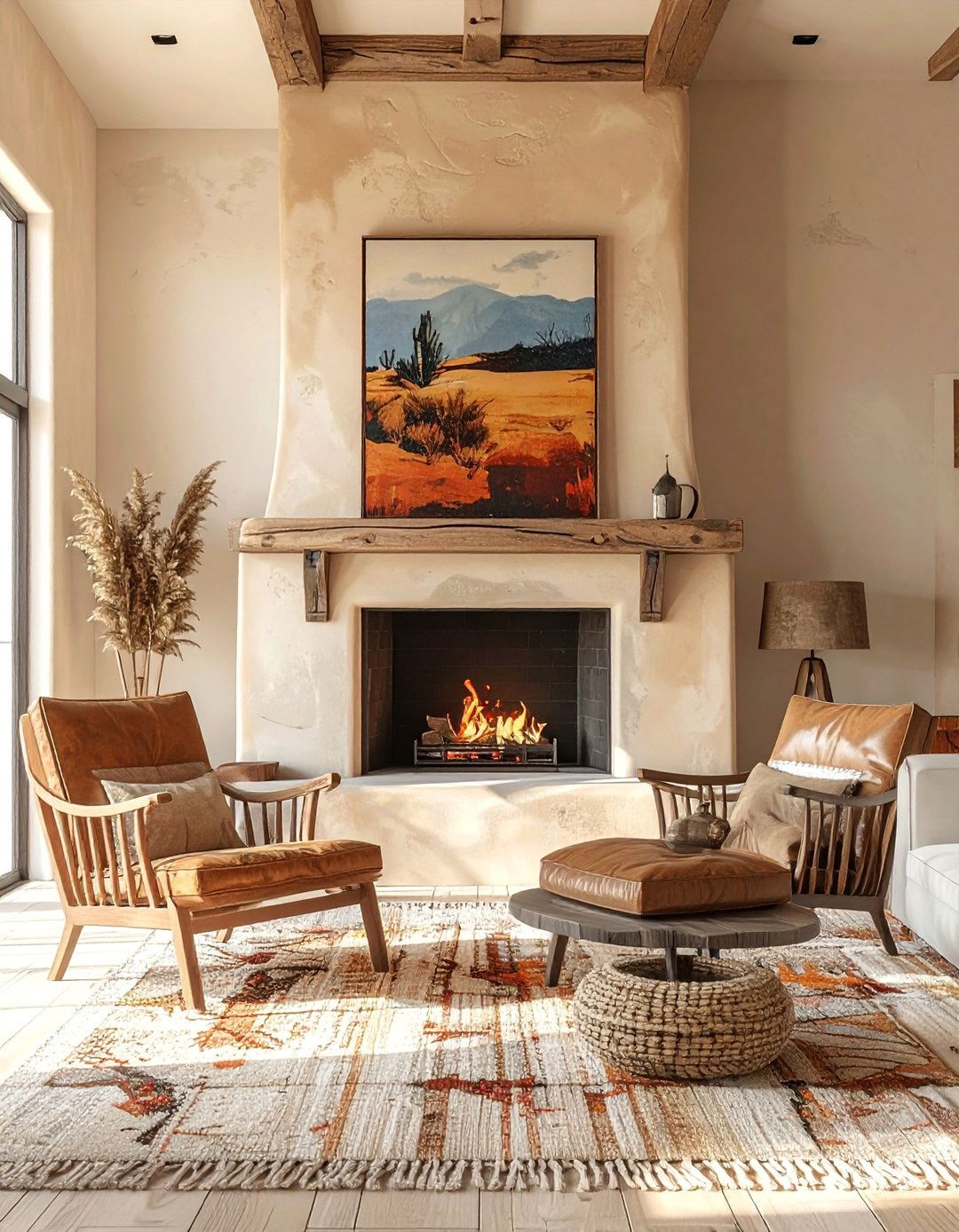
Leave a Reply